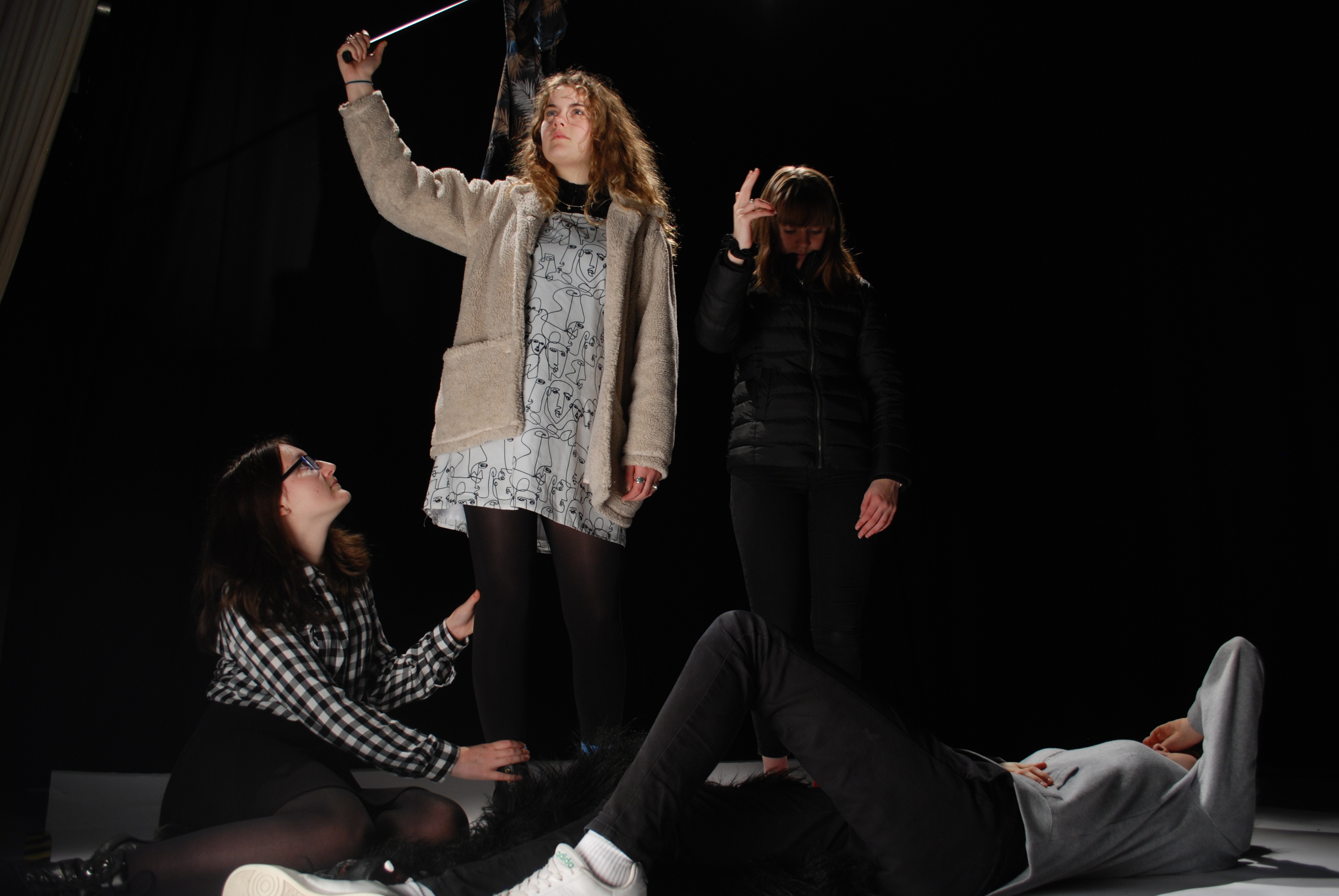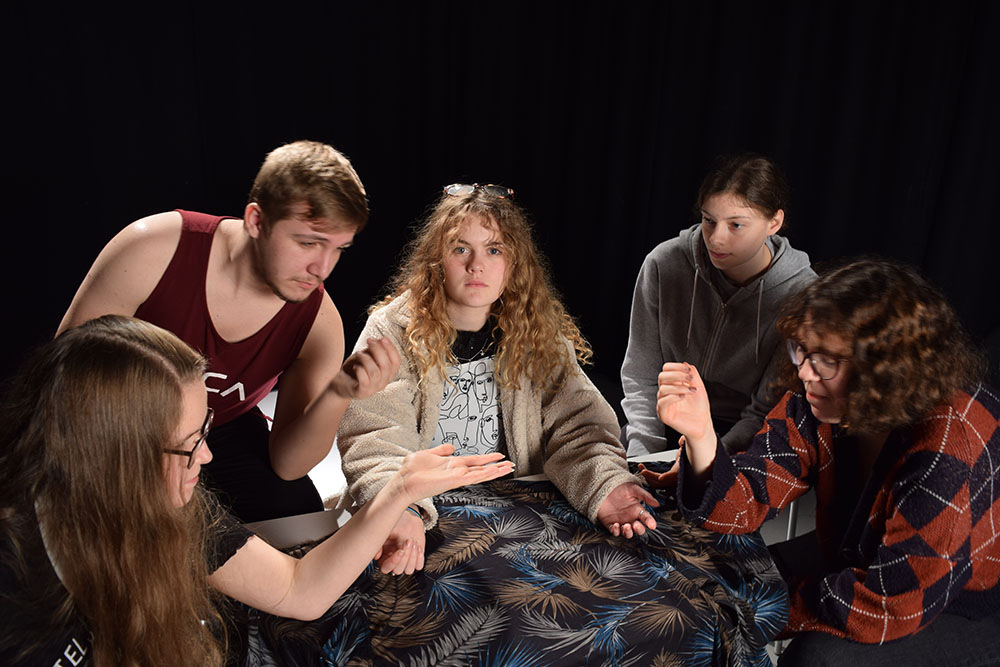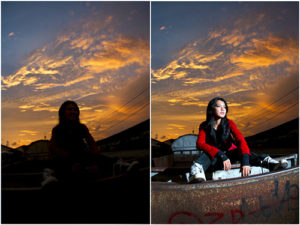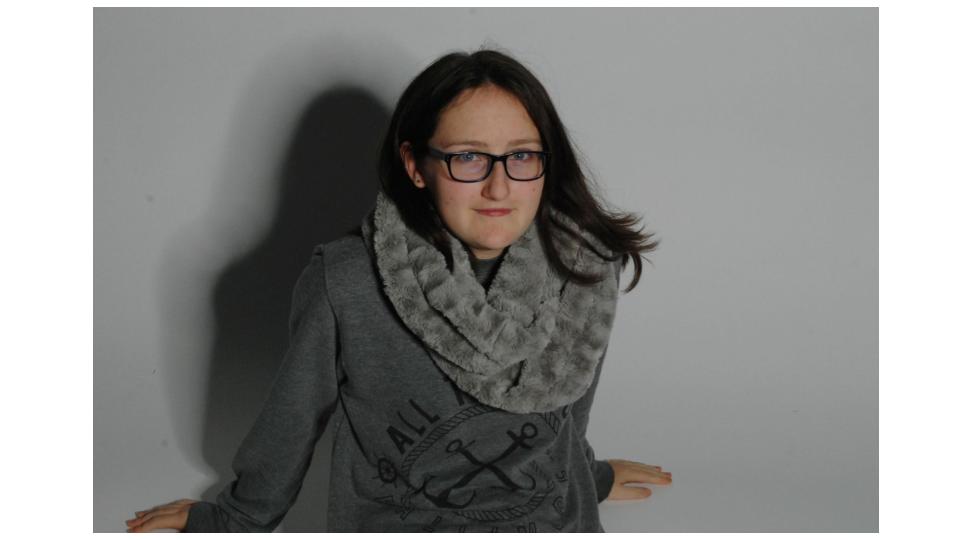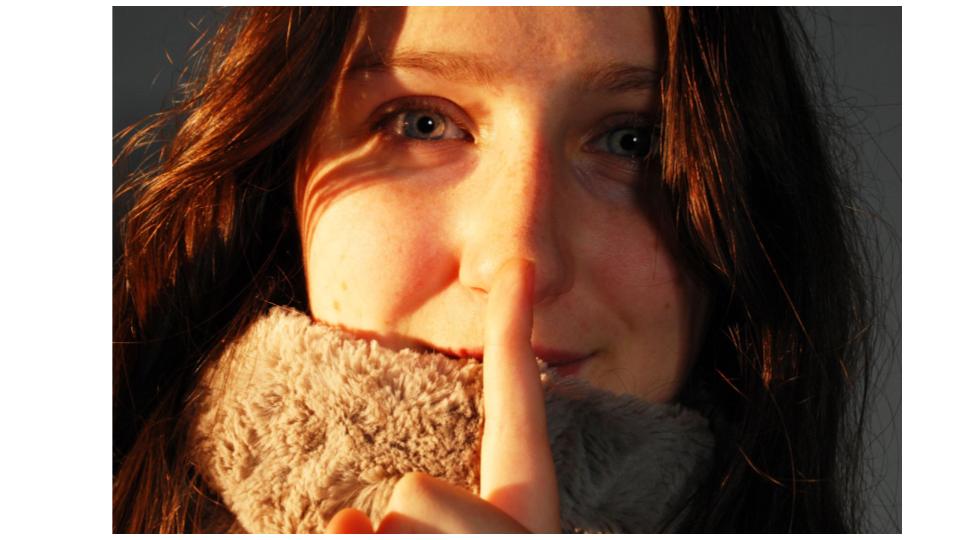A tableau vivant, French for ‘living picture’, is a static scene containing one or more actors or models. They are stationary and silent, usually in costume, carefully posed, with props and/or scenery, and may be theatrically lit. It thus combines aspects of theatre and the visual arts; a group of models or motionless figures representing a scene from a story or from history.
Paul M Smith, uses MULTIPLE EXPOSURE TECHNIQUE
Tableau In Class
The two paintings which the class recreated were “Deposition / The Entombment of Christ” by Caravaggio, and “Liberty Leading the People” by Eugène Delacroix.

The Entombment of Christ – Caravaggio

Class Responses
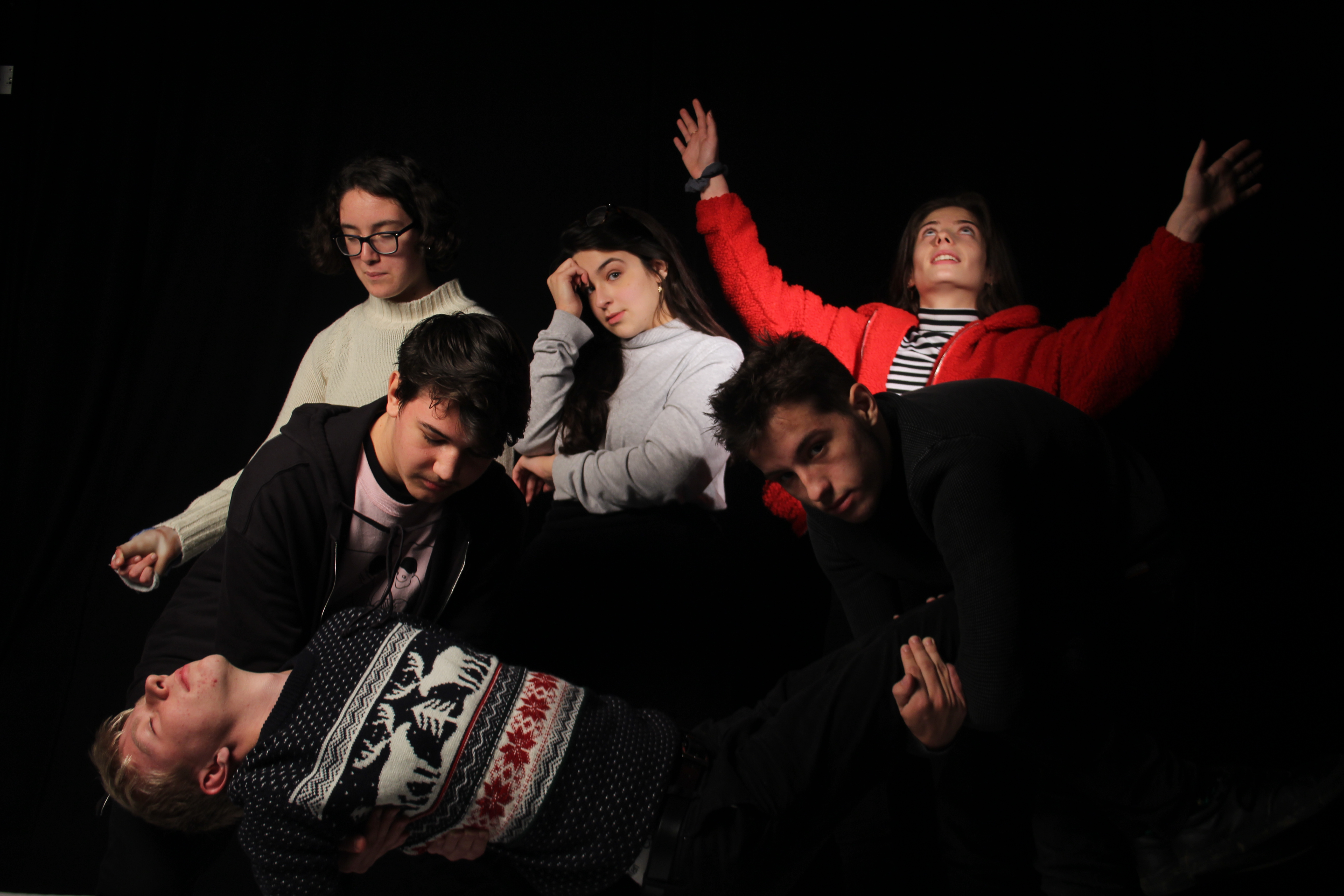
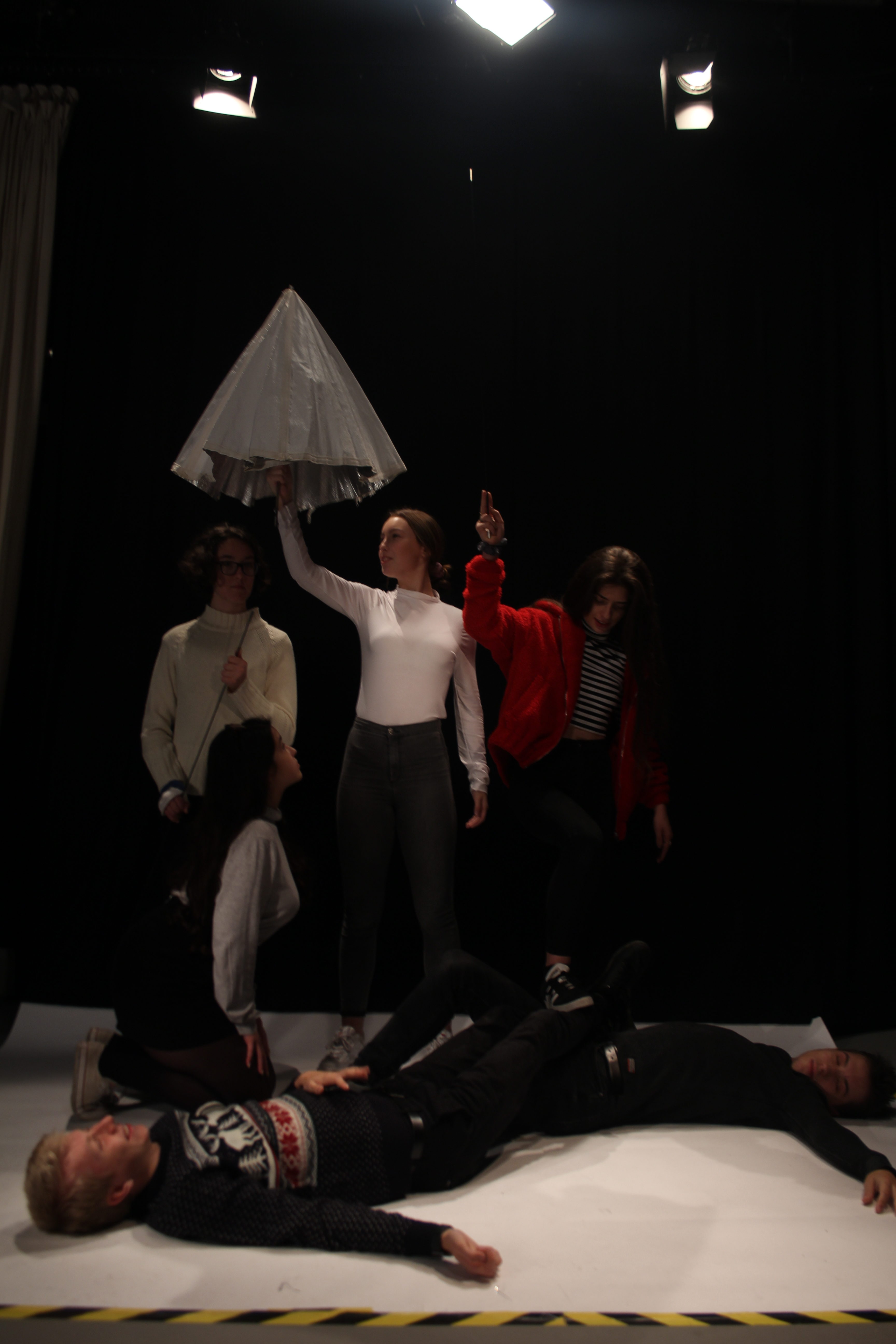
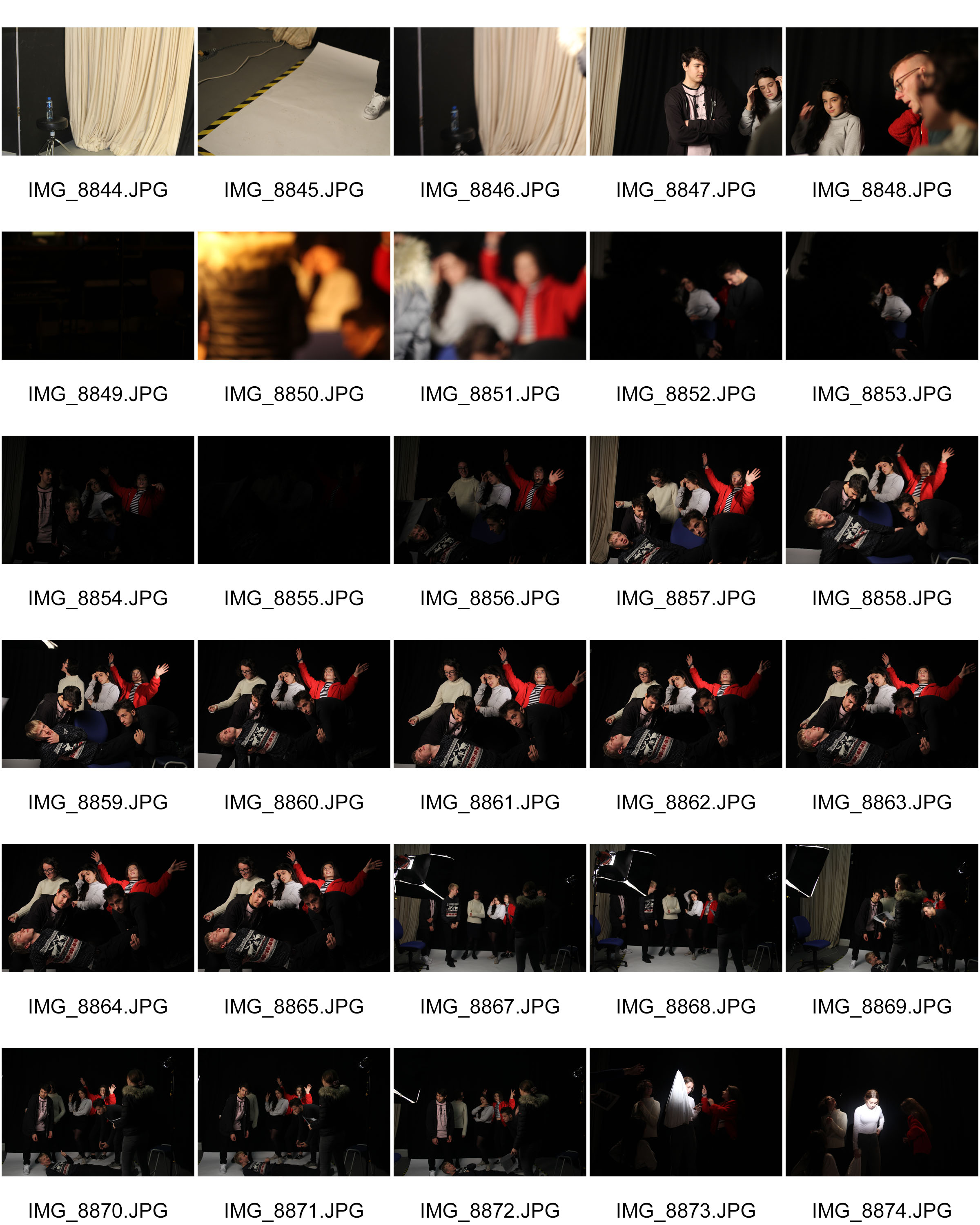
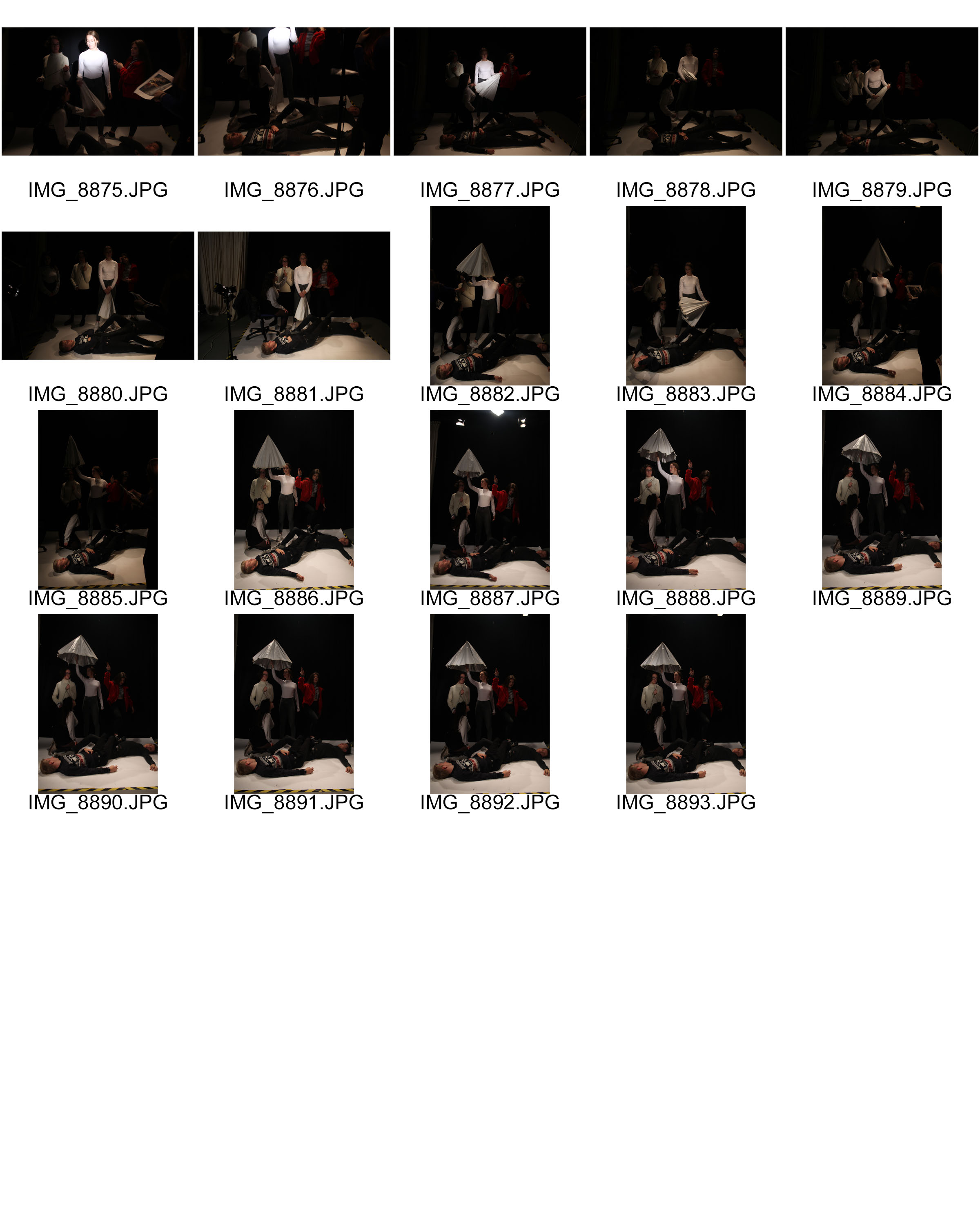
Editing Of Class Response

![]()
Own Tableaux Response
Using Paul M Smith’s work as inspiration



Images by Paul M. Smith, from the collection: “Make My Night” http://www.paulmsmith.co.uk/
For my Tableaux Vivant and Paul M. Smith response, I would like to merge together and edit three separate images of the same subject; wearing different outfits, in different poses, and the in the same frame.
I will be responding to the renaissance work “Supper At Emmaus” – by Caravaggio; featured below.
Images
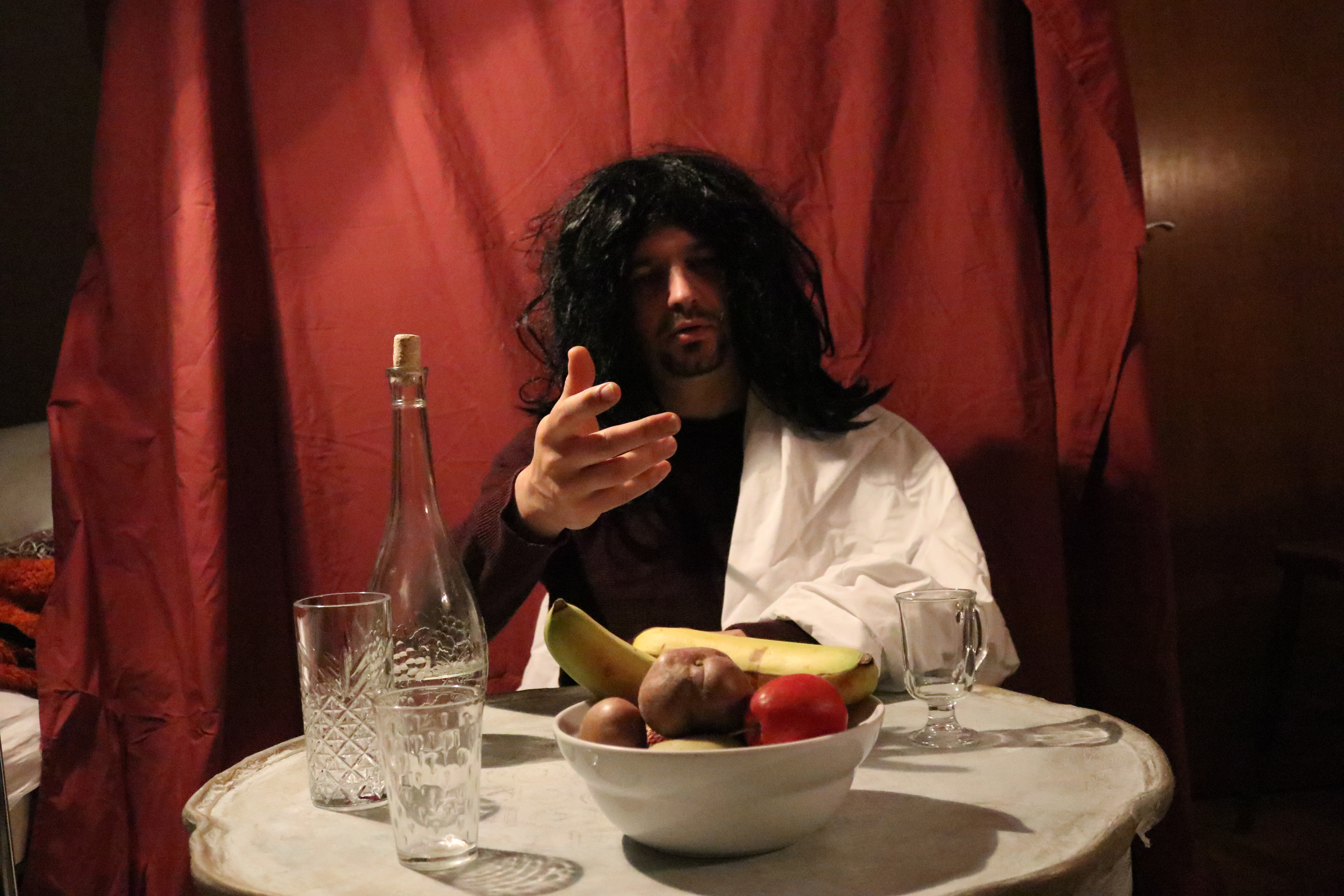
Image 1; used as base image for the final edit.
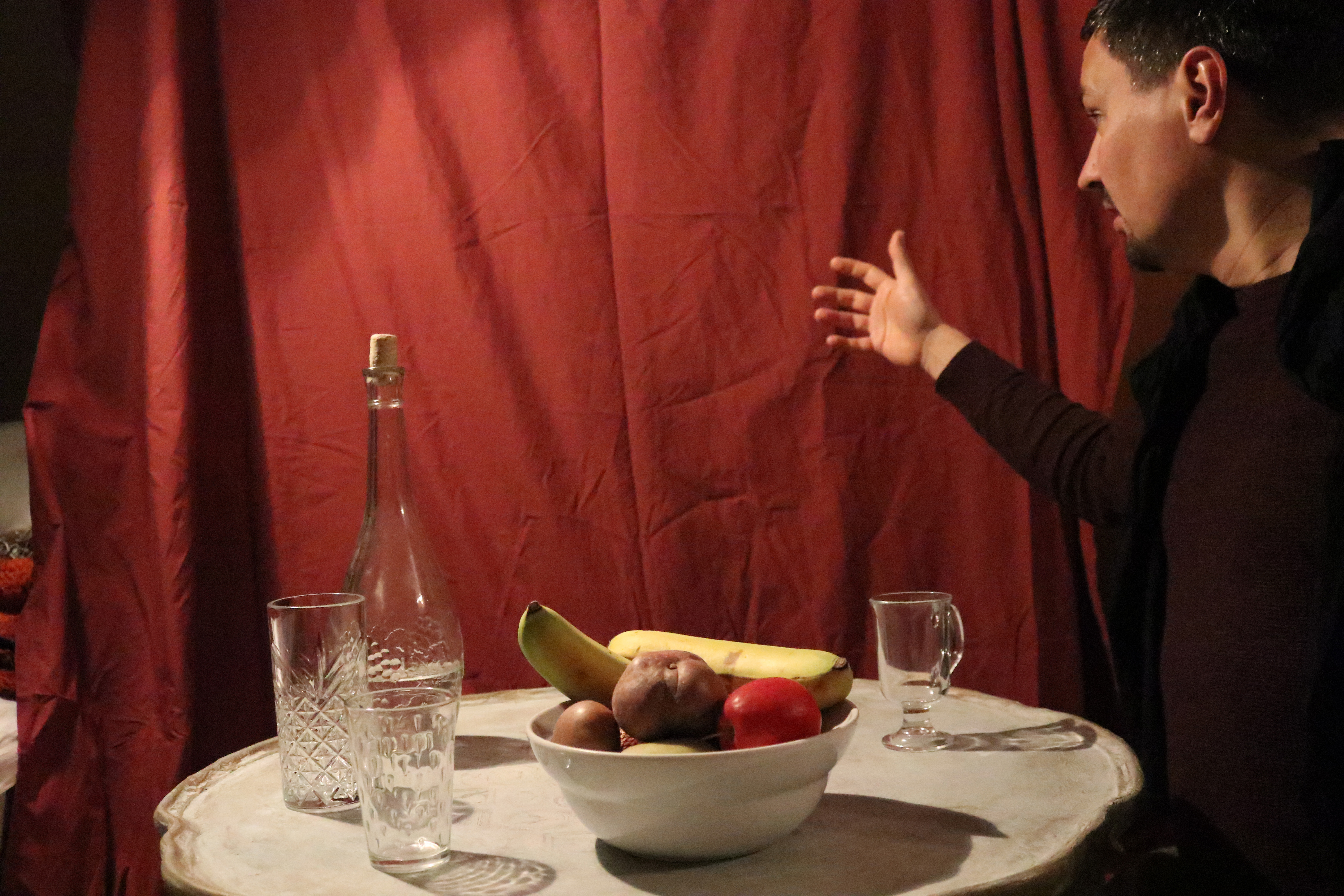

Edit
I have edited this image by using a base image as an anchor-point to synchronize the other images and the props, to do this I have also set the opacity of the other images to 50%.

After wards I cut out and set new layers for the crucial parts of the layering images e.g: Shadows, subjects. And then used the eraser tool with low hardness to ensure a smooth transition between the anchor image and the layer images.

Final Edited Image
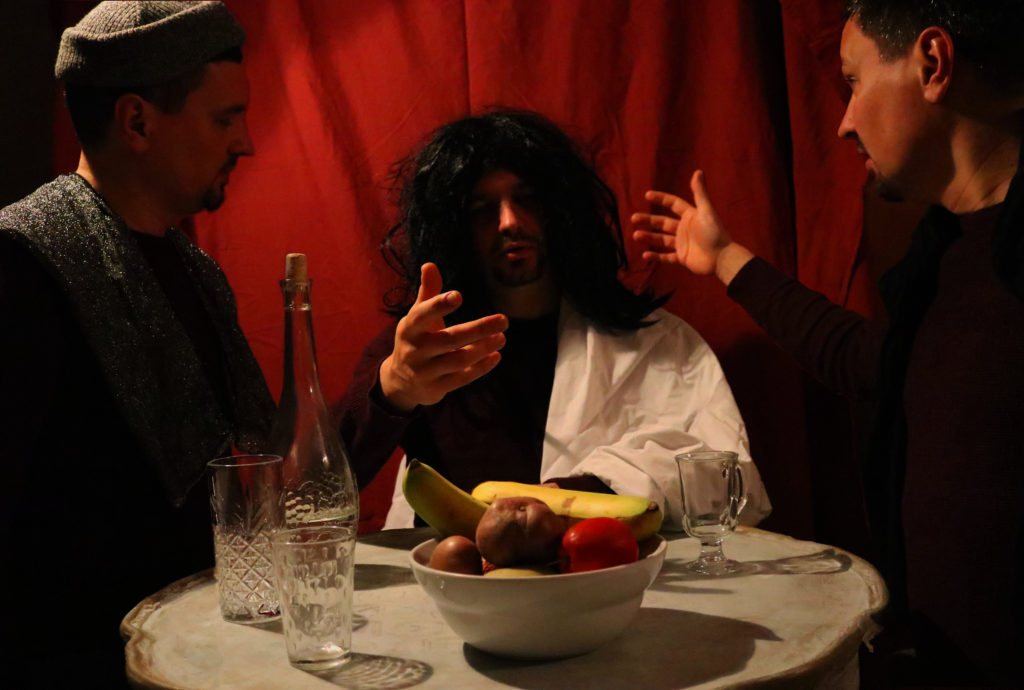

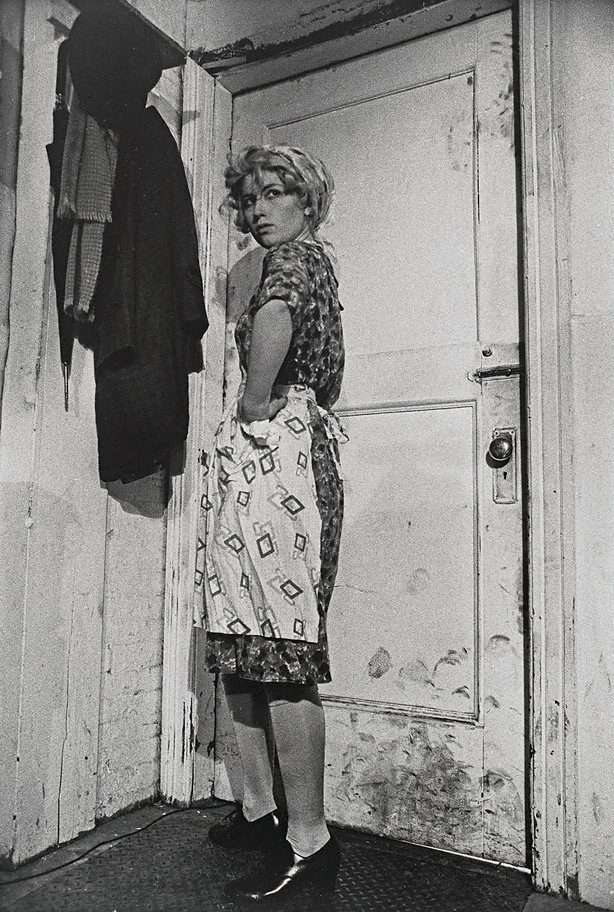

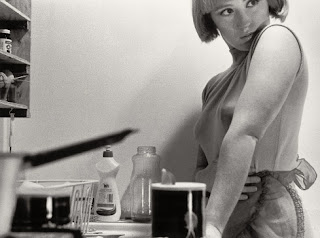
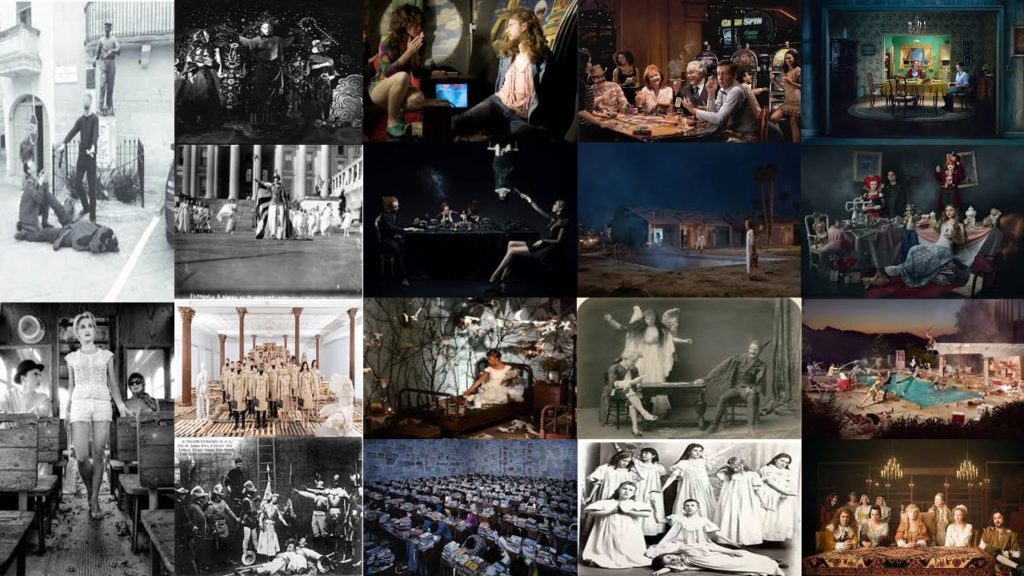

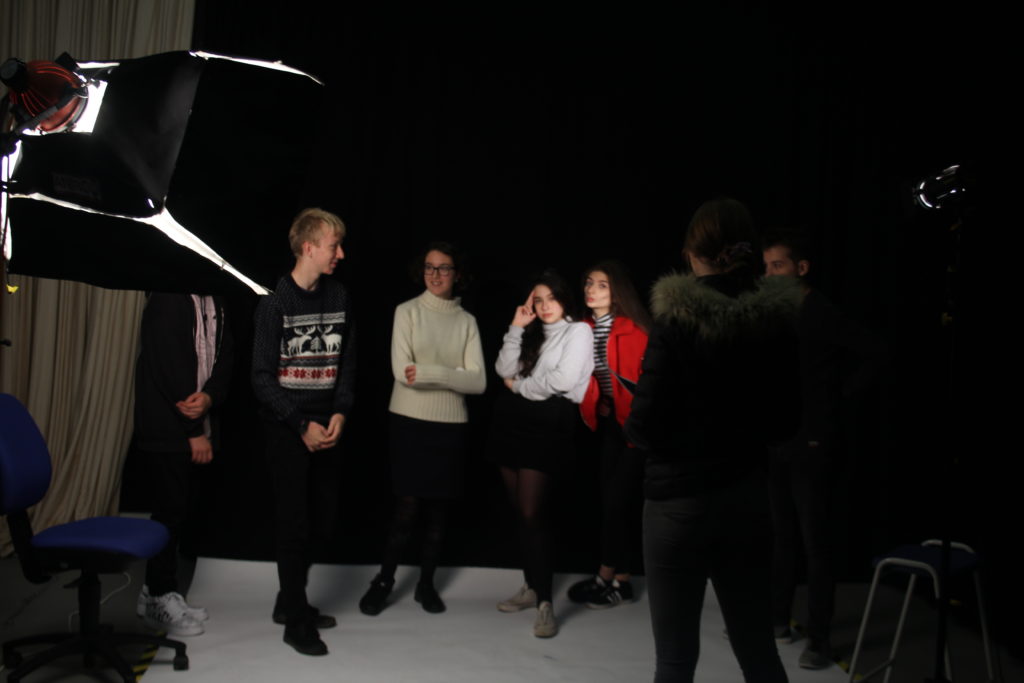
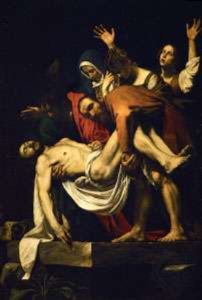
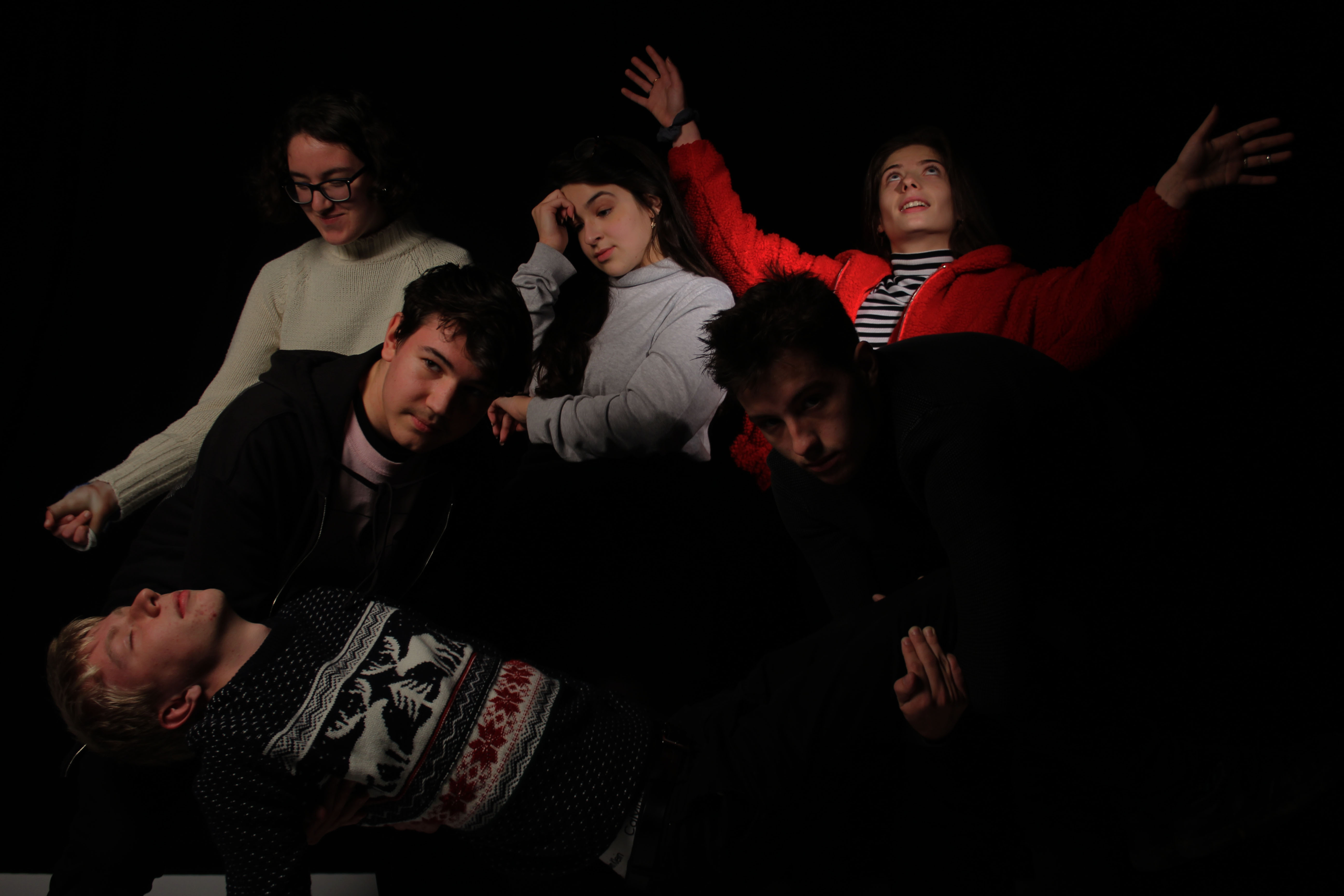




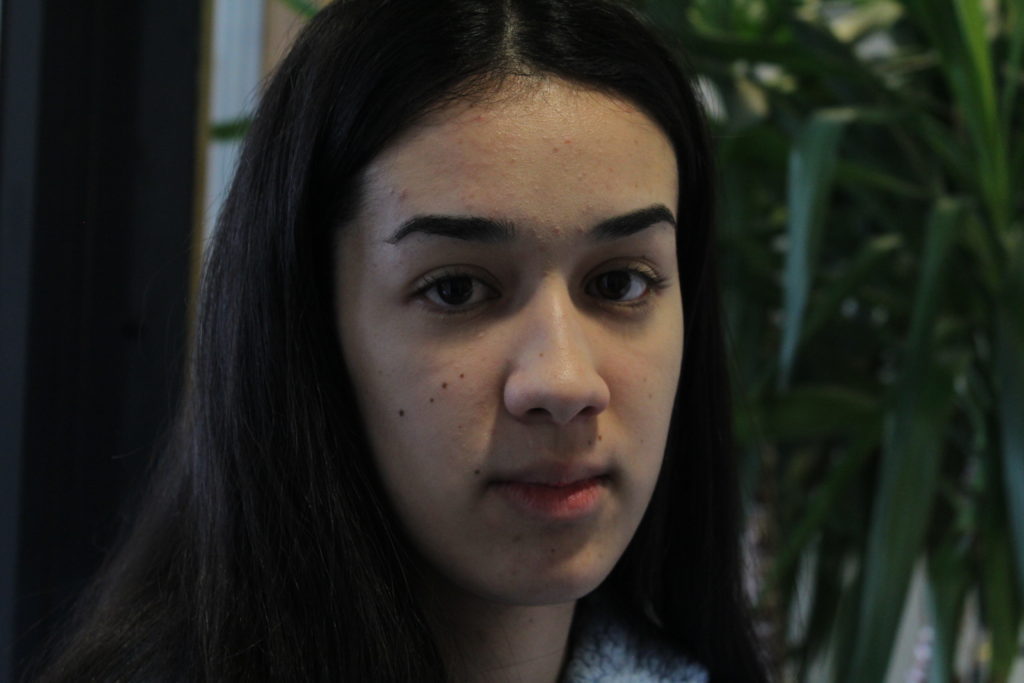


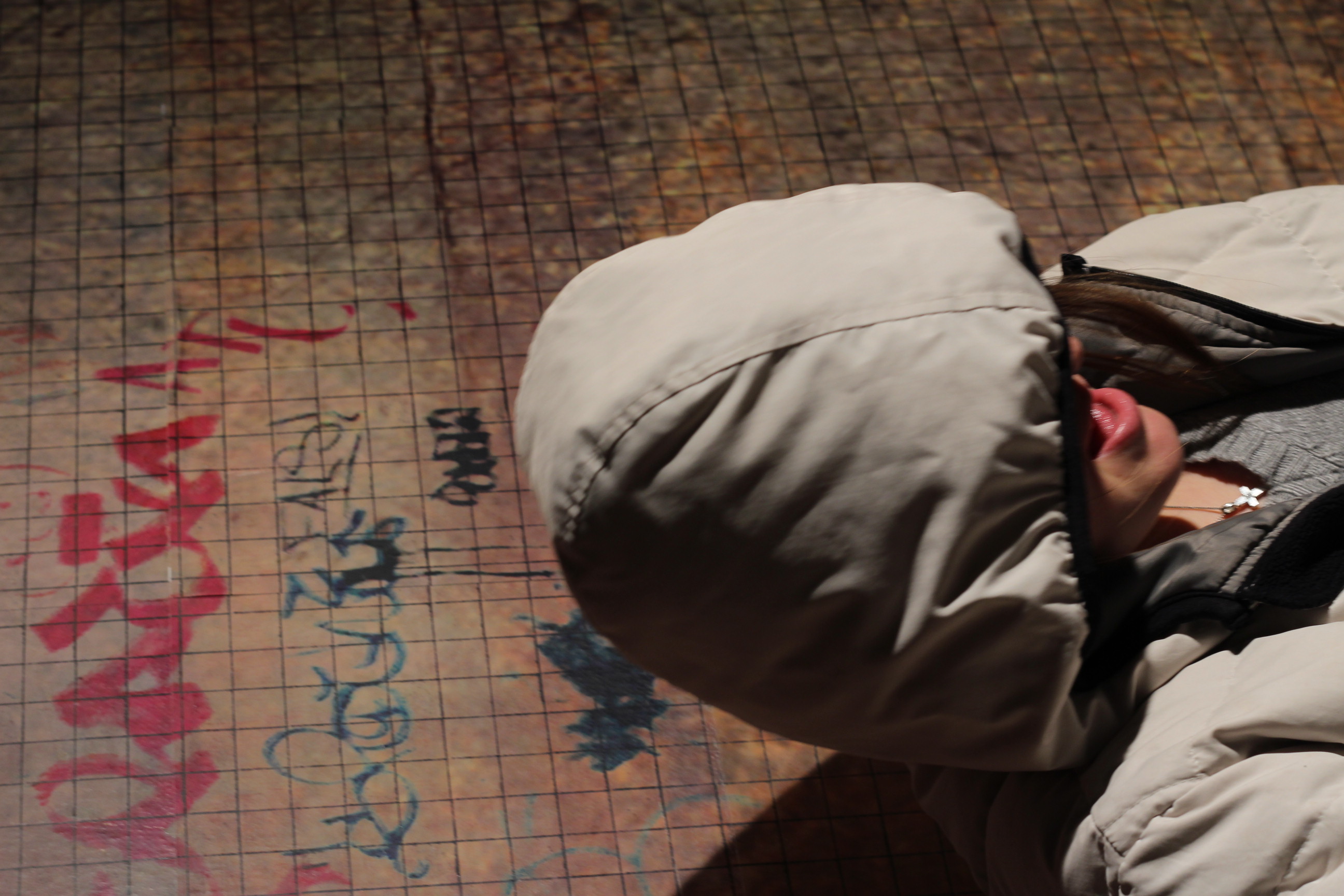
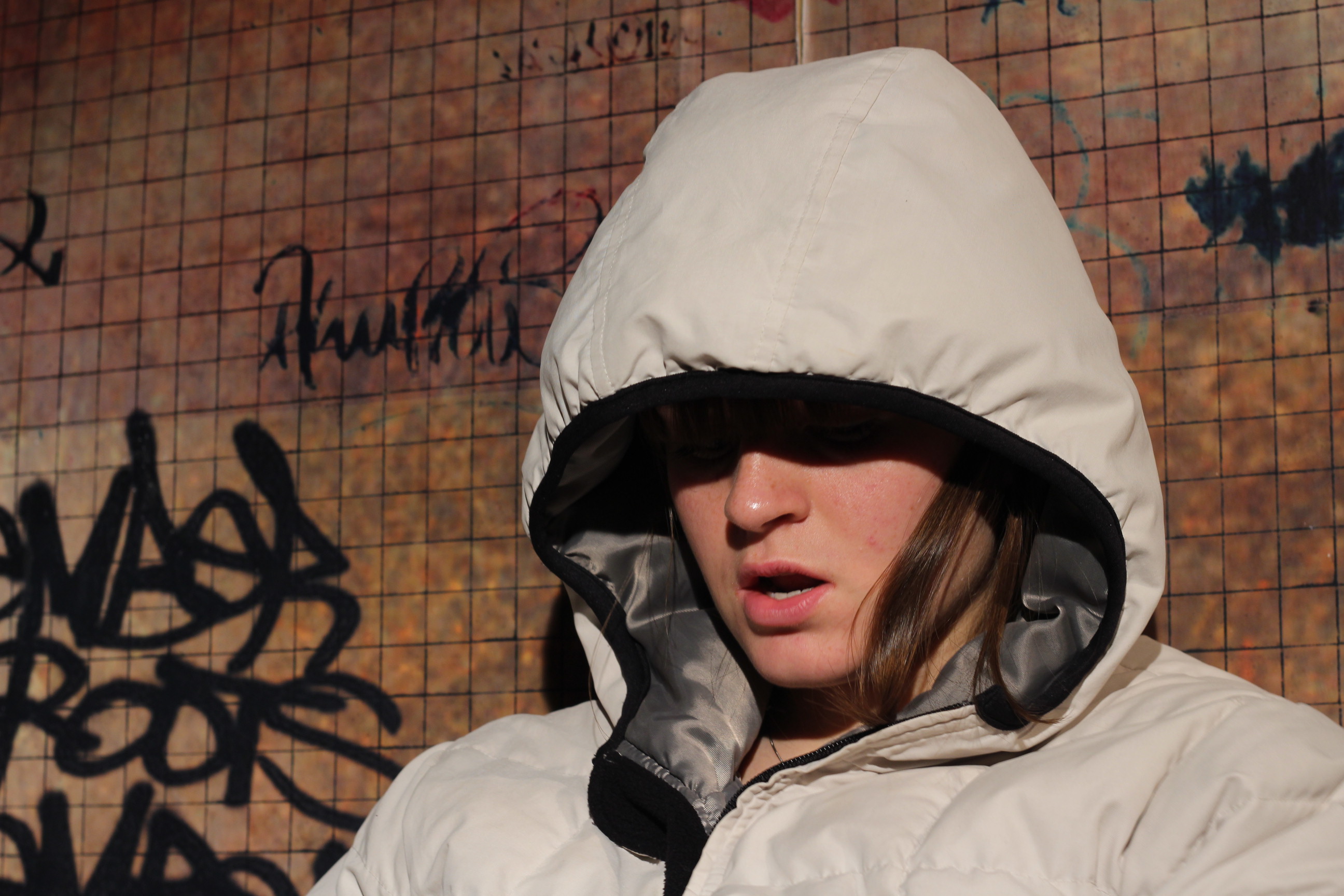
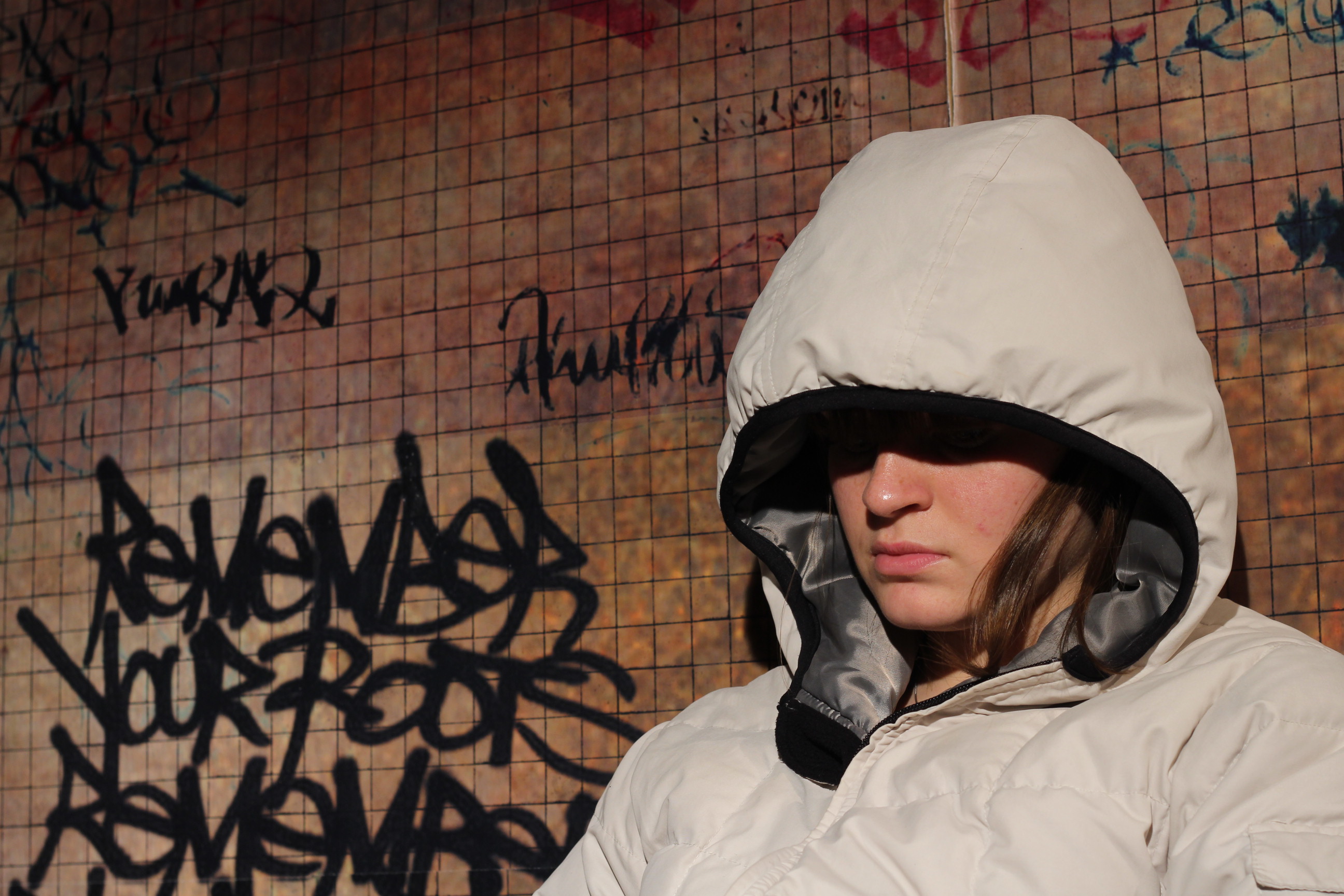
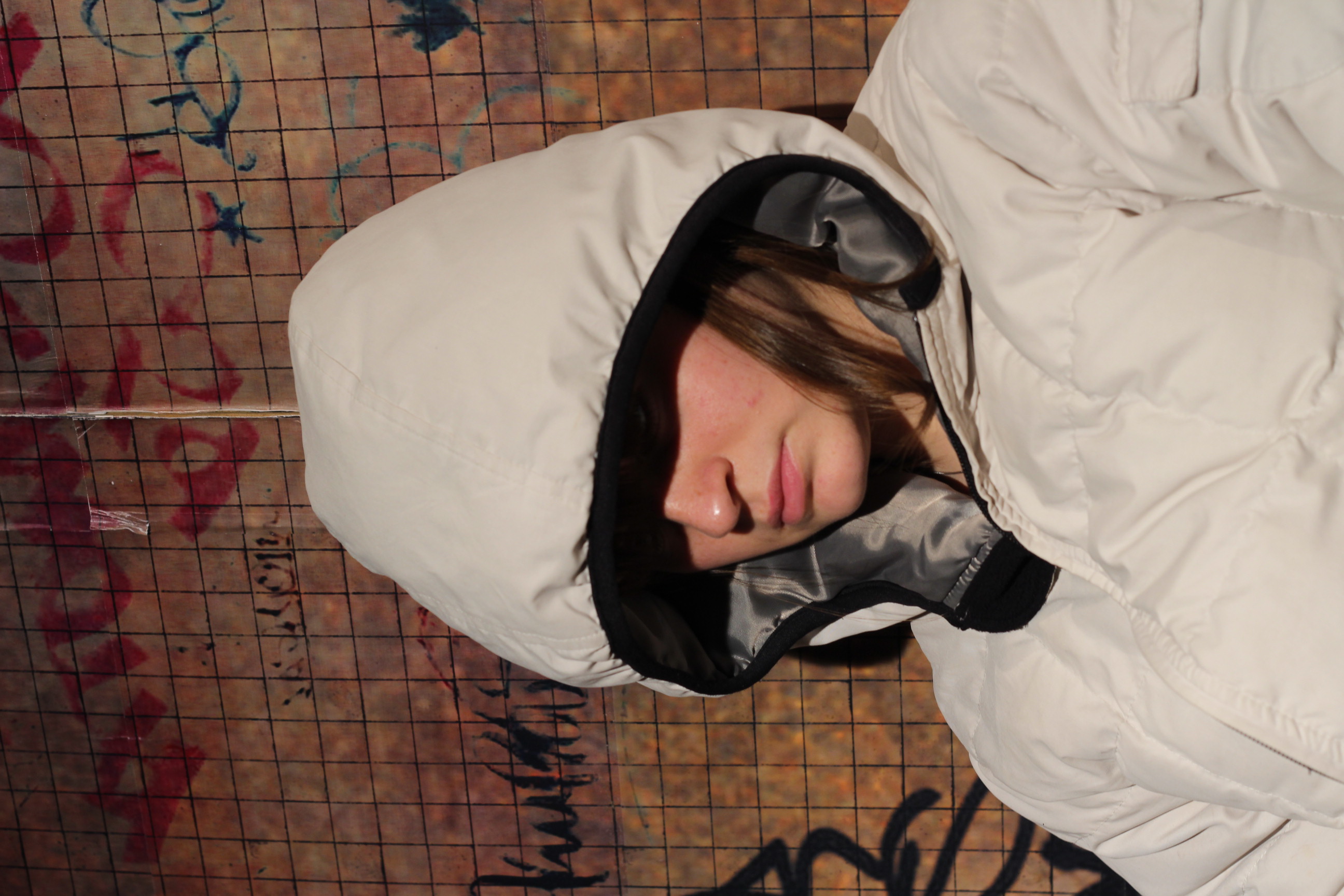



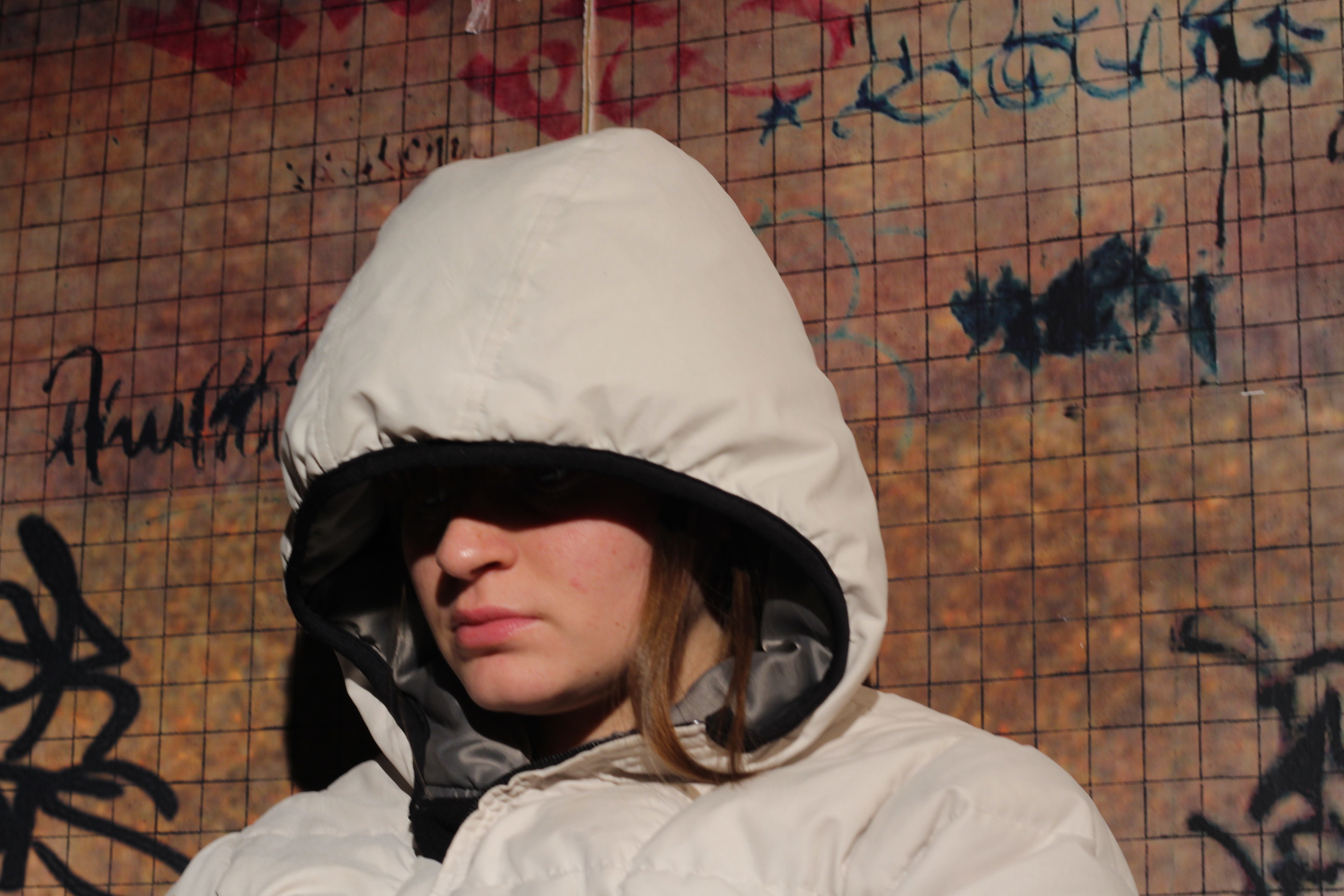


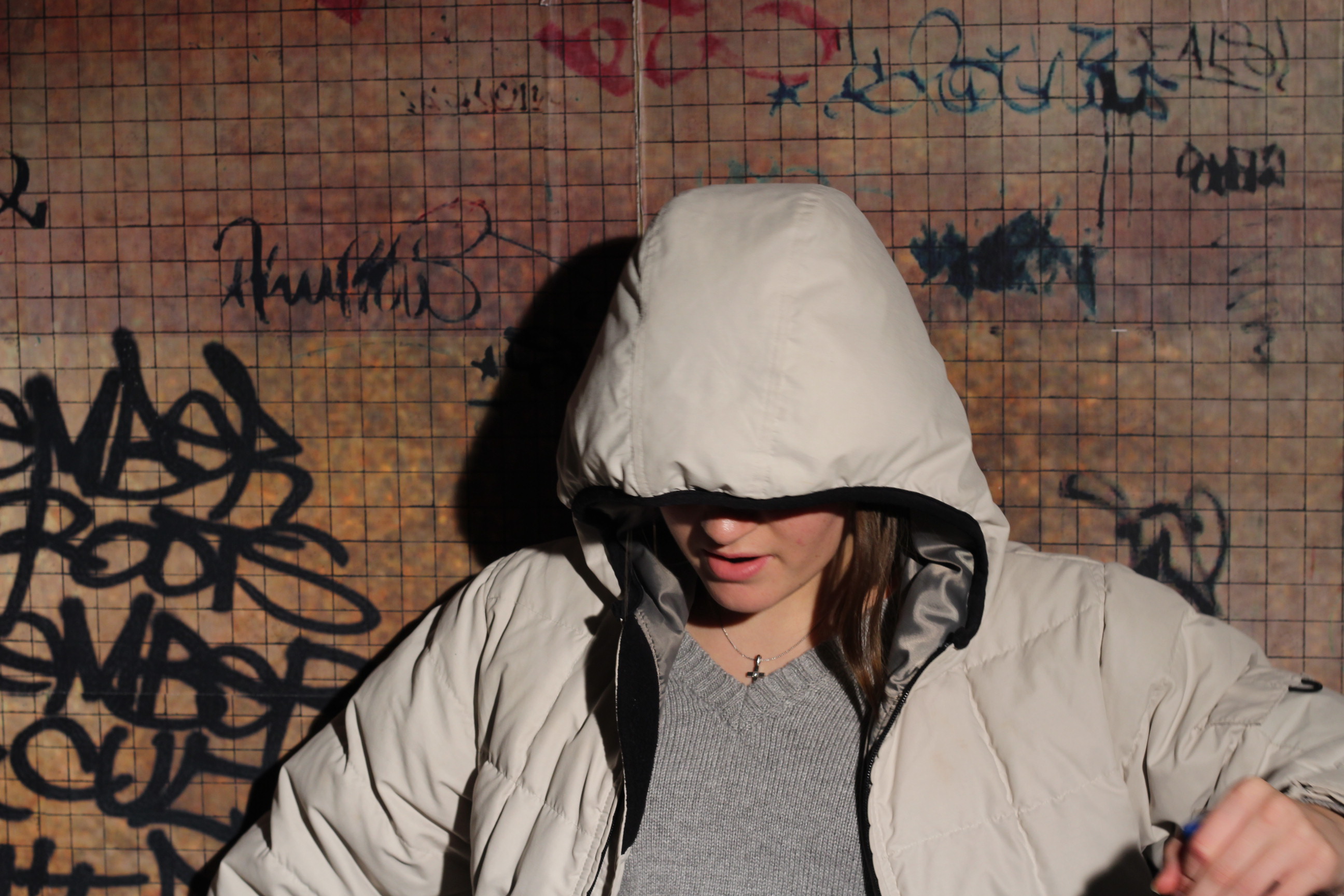
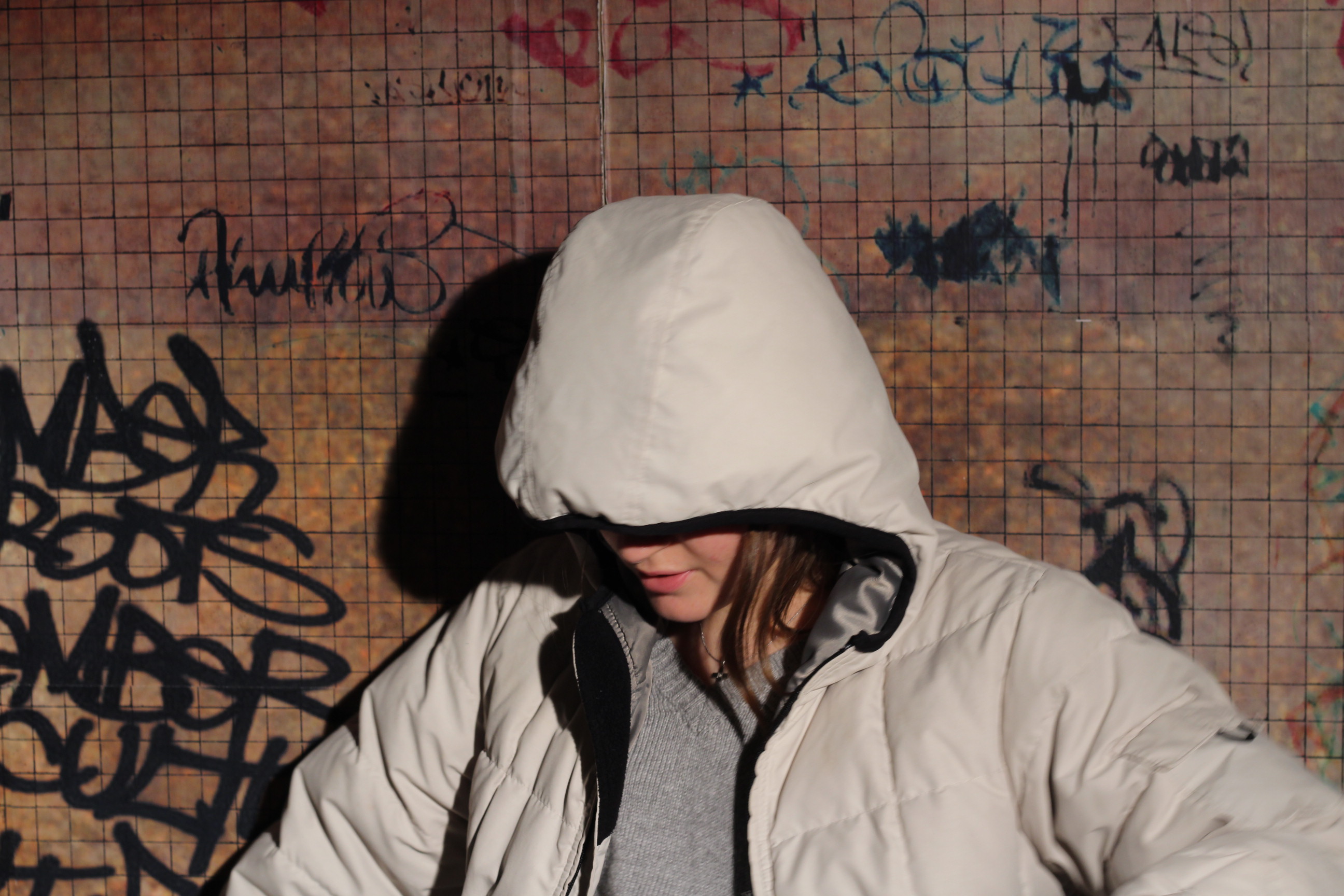


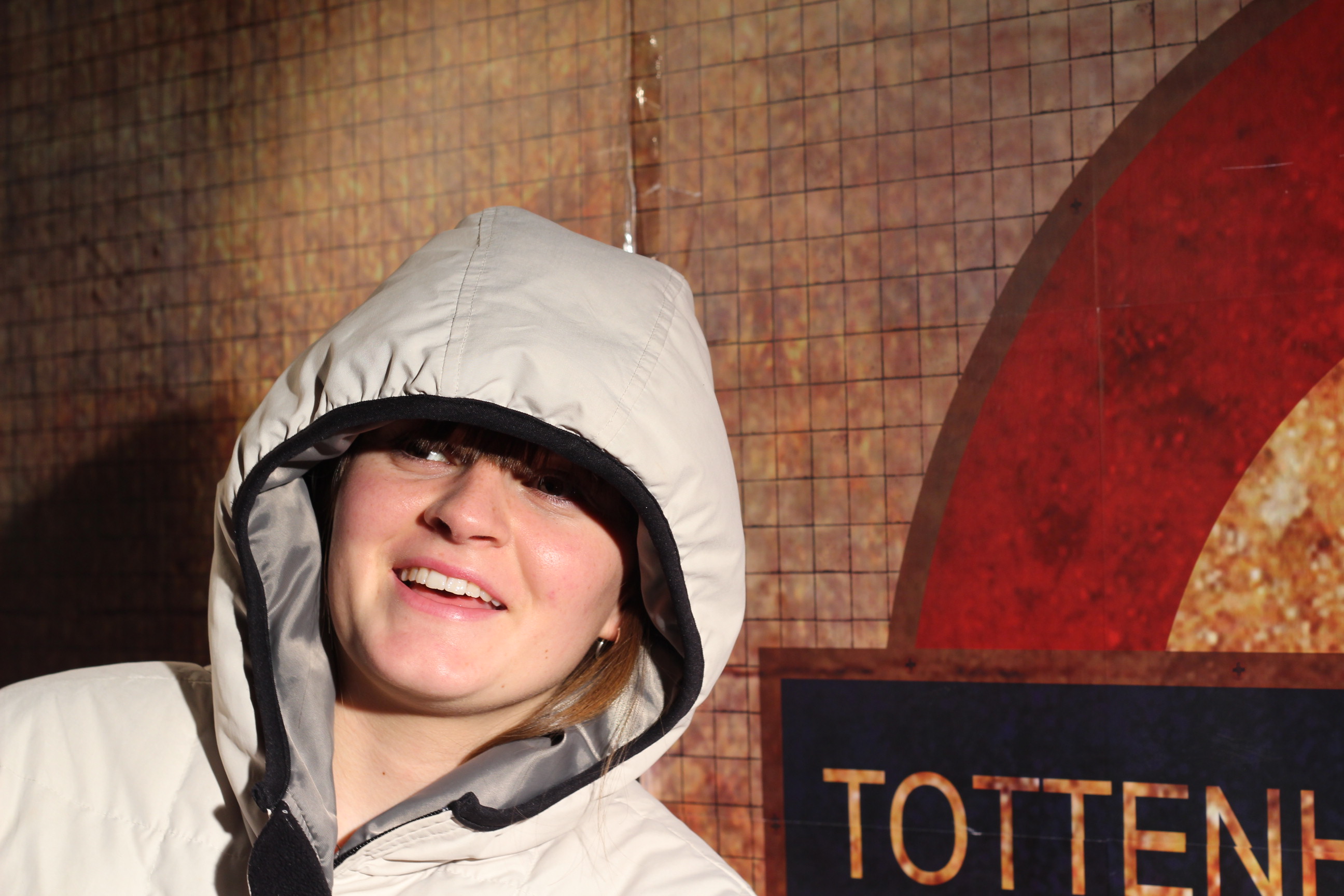

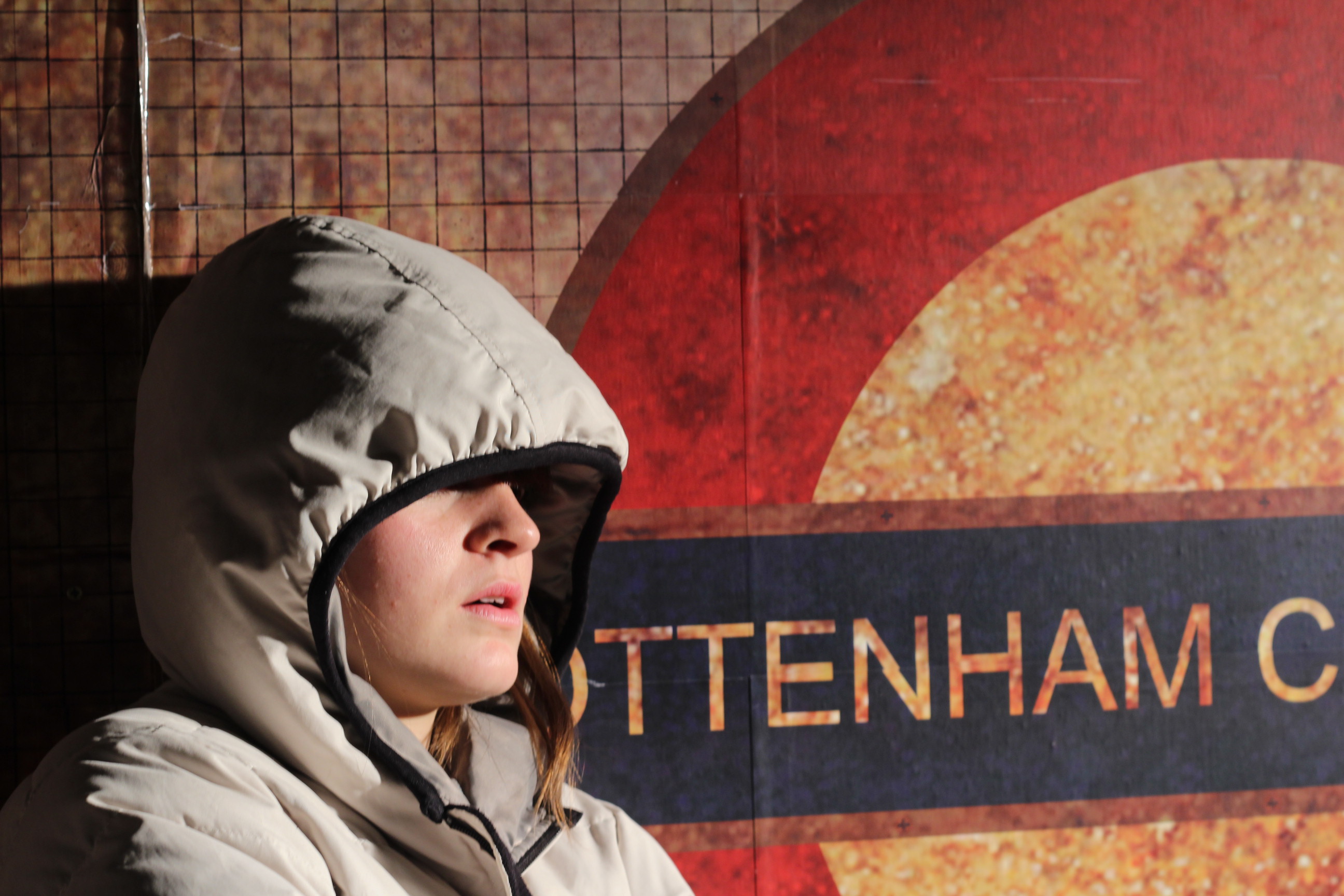

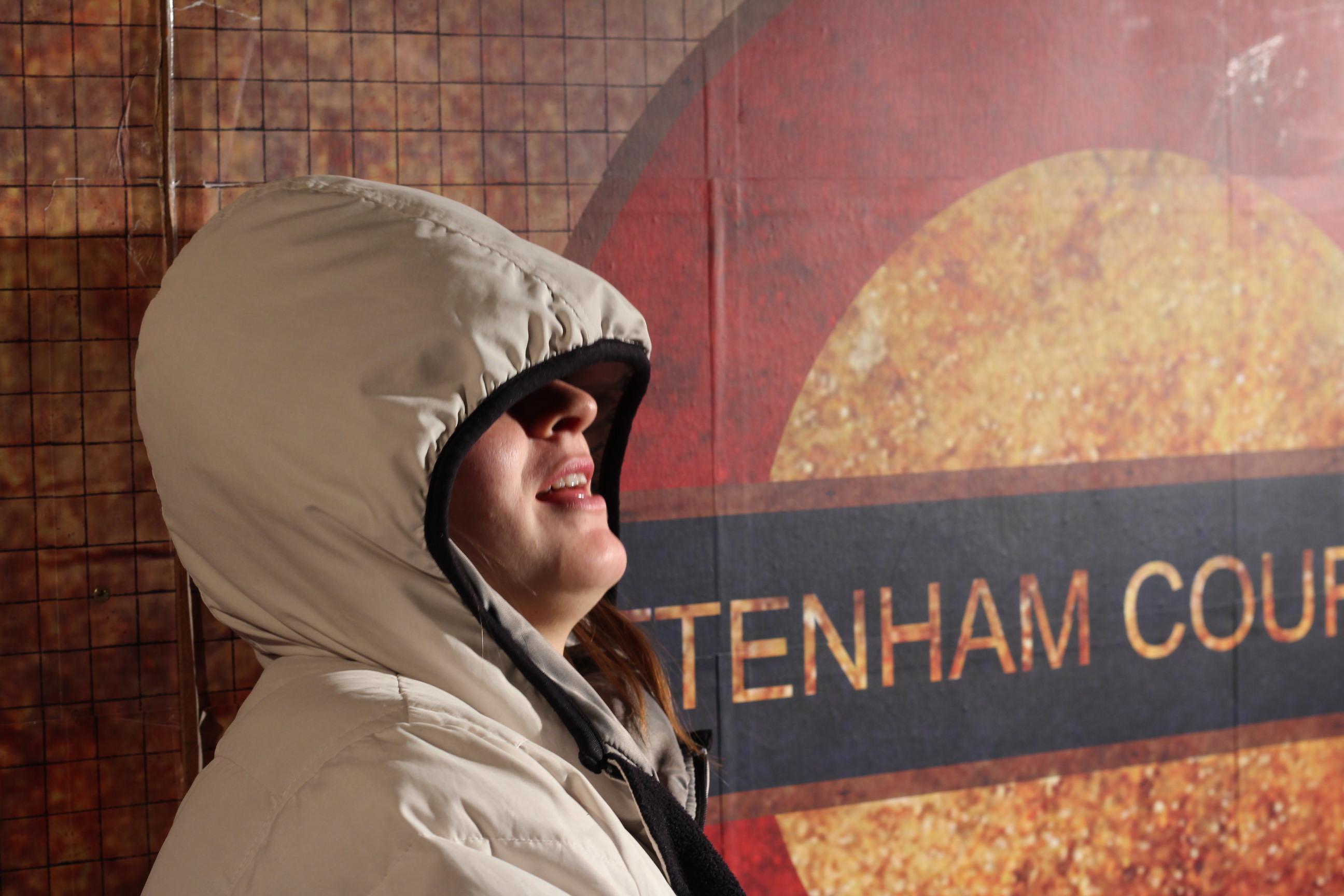




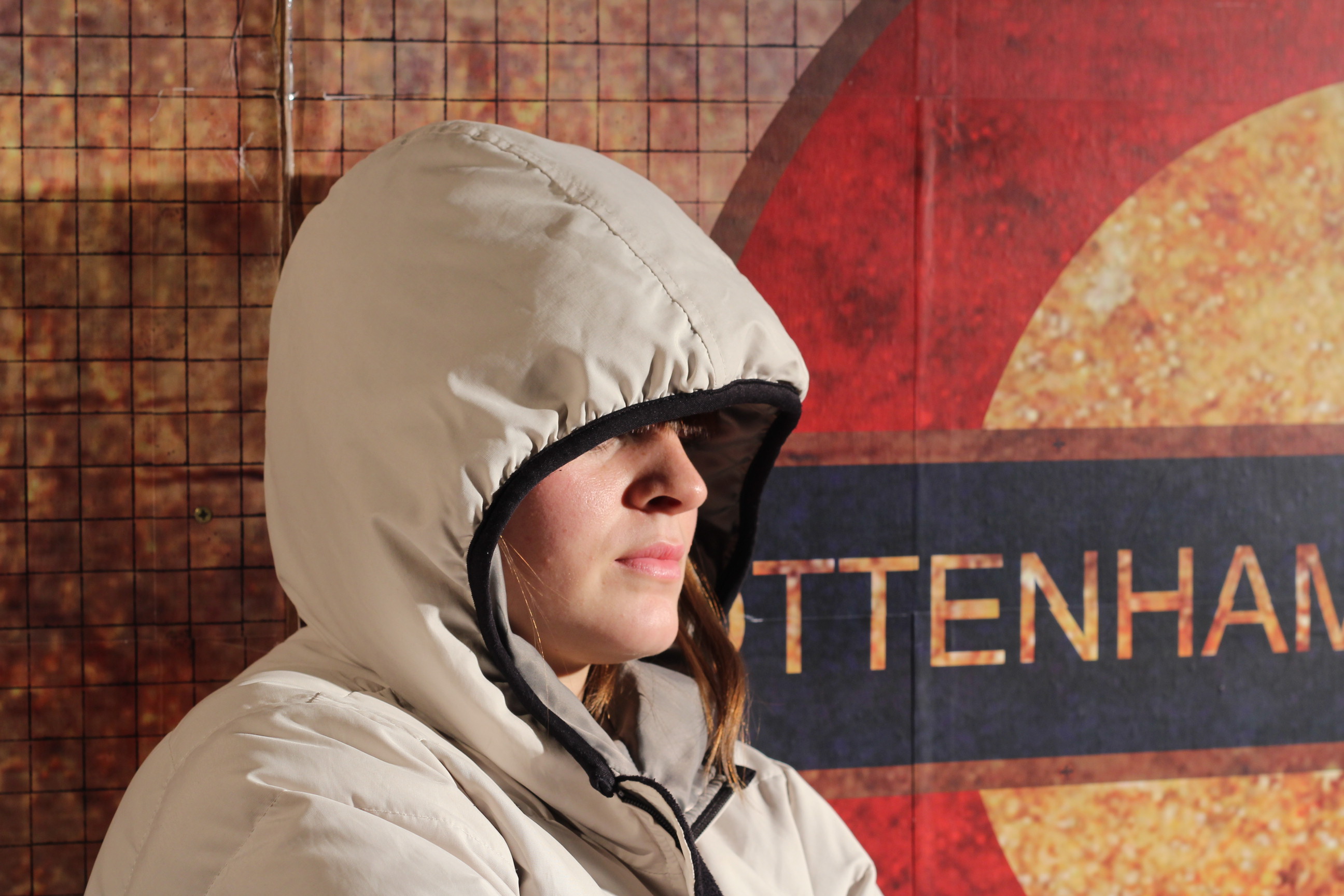
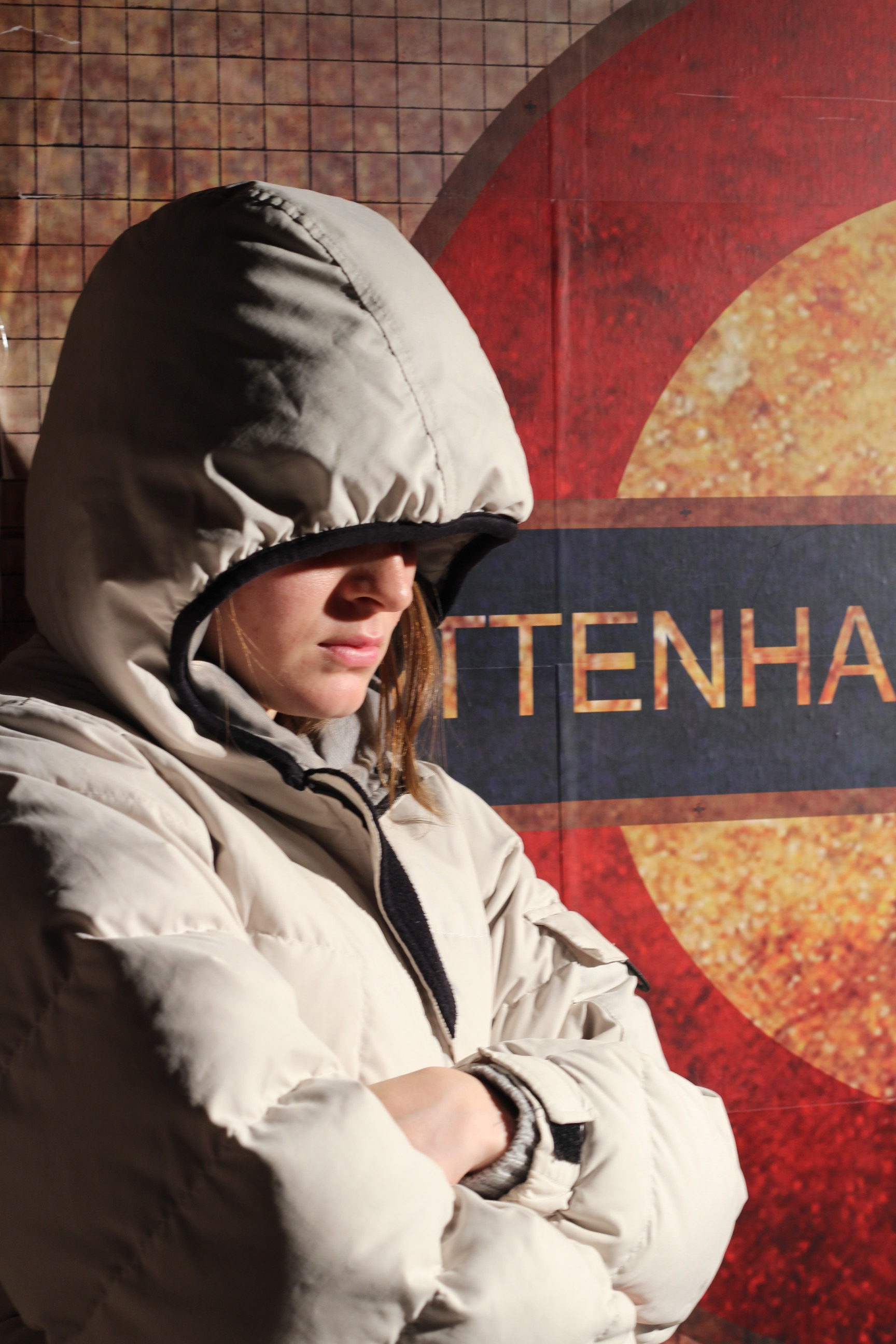
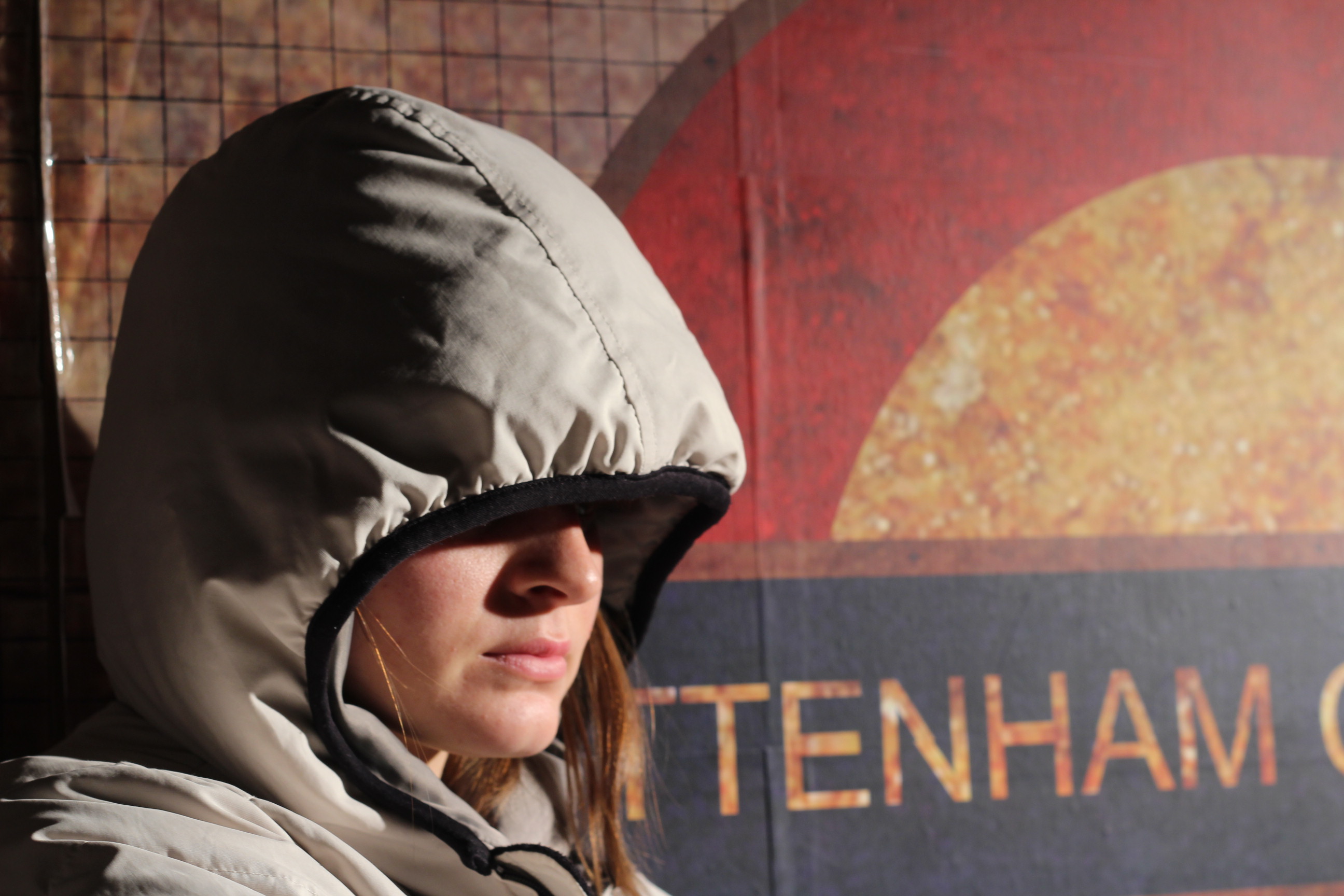
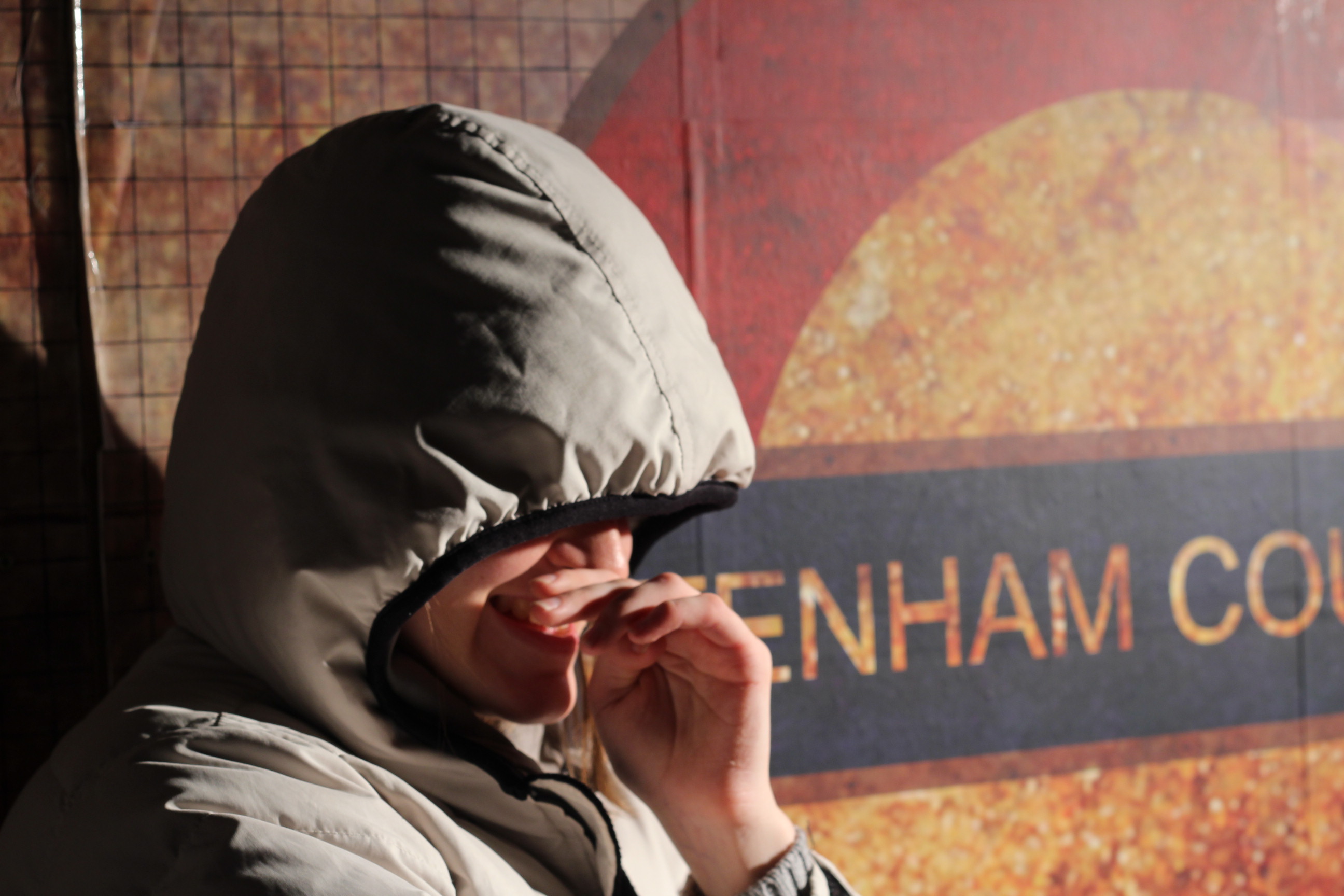
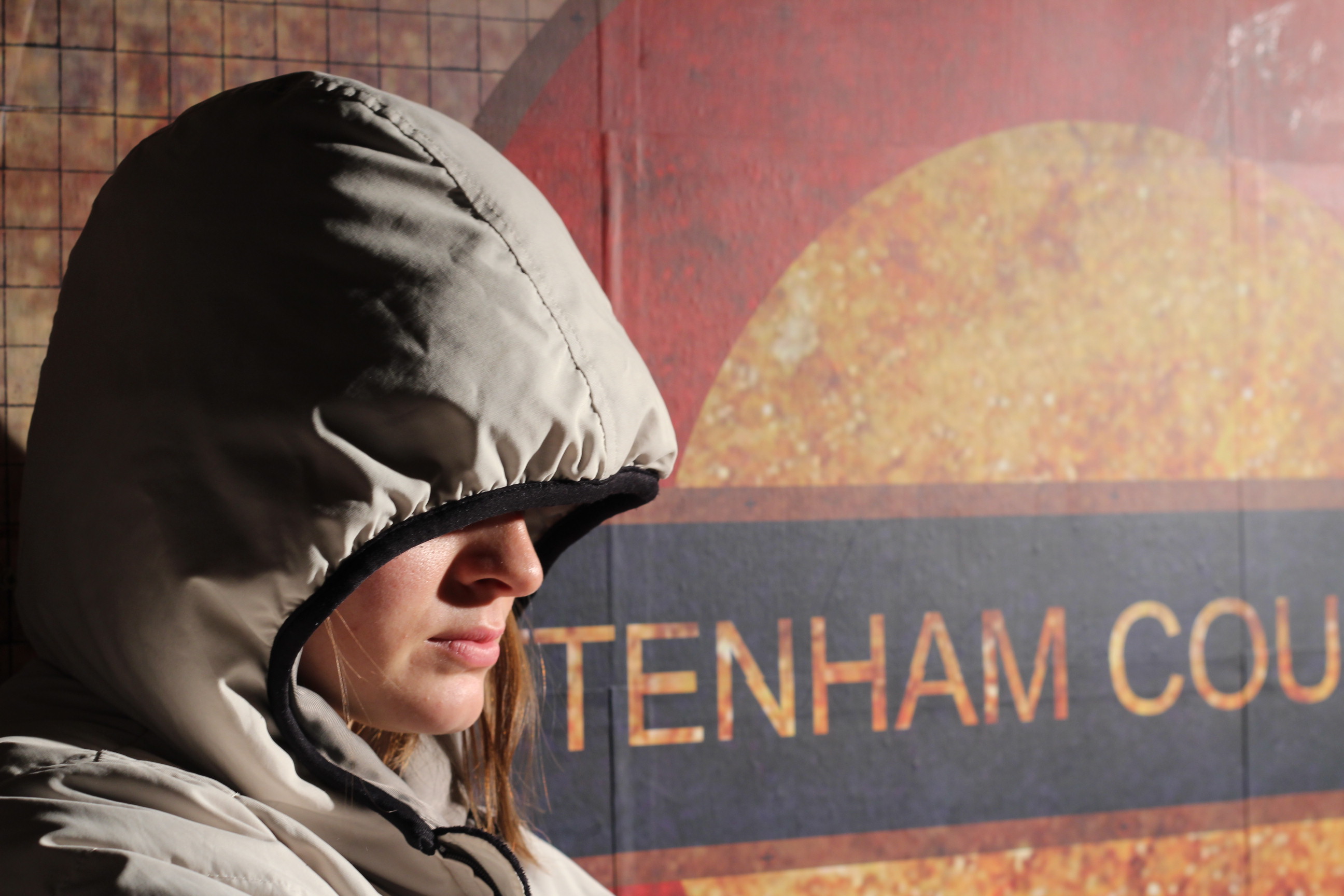
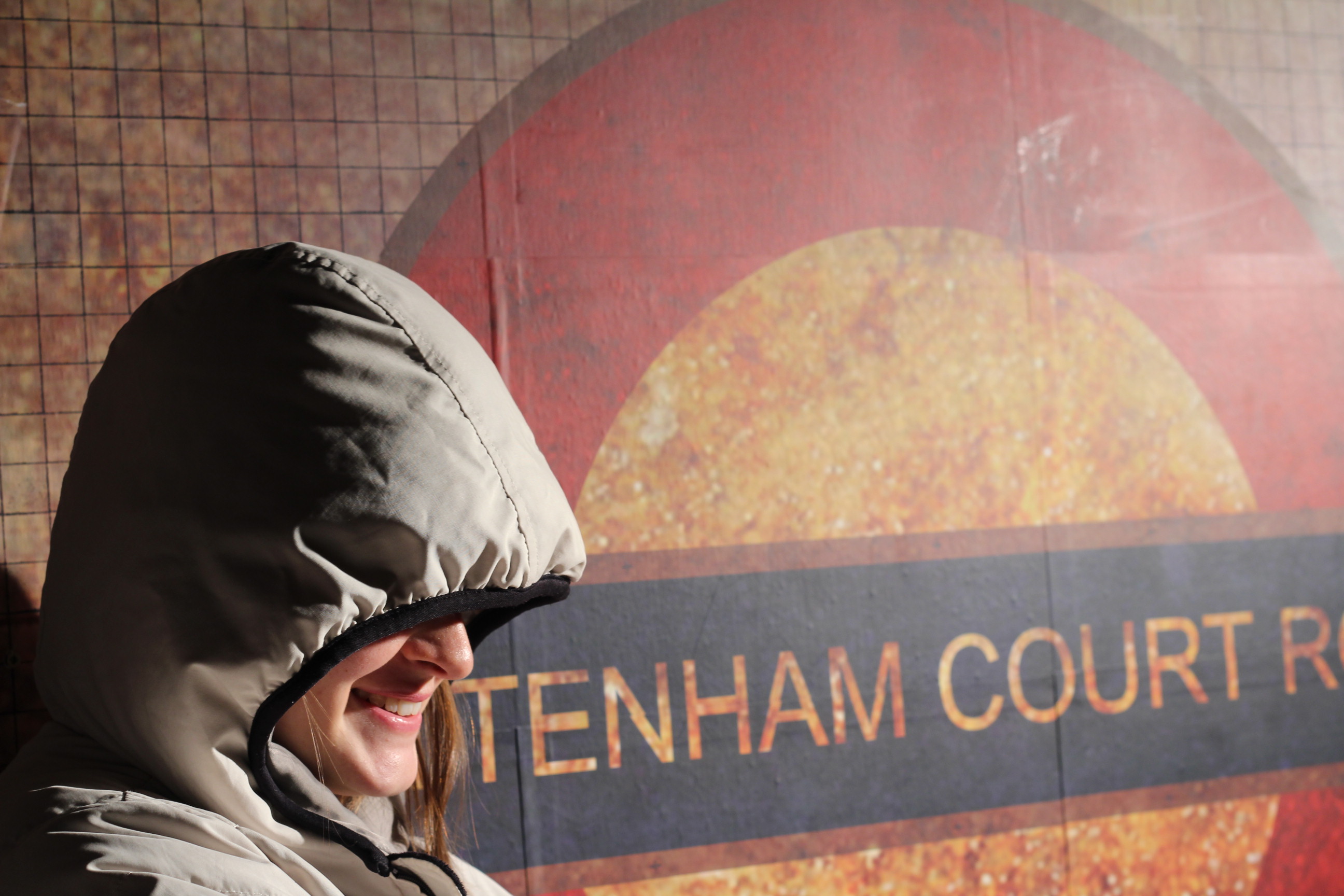
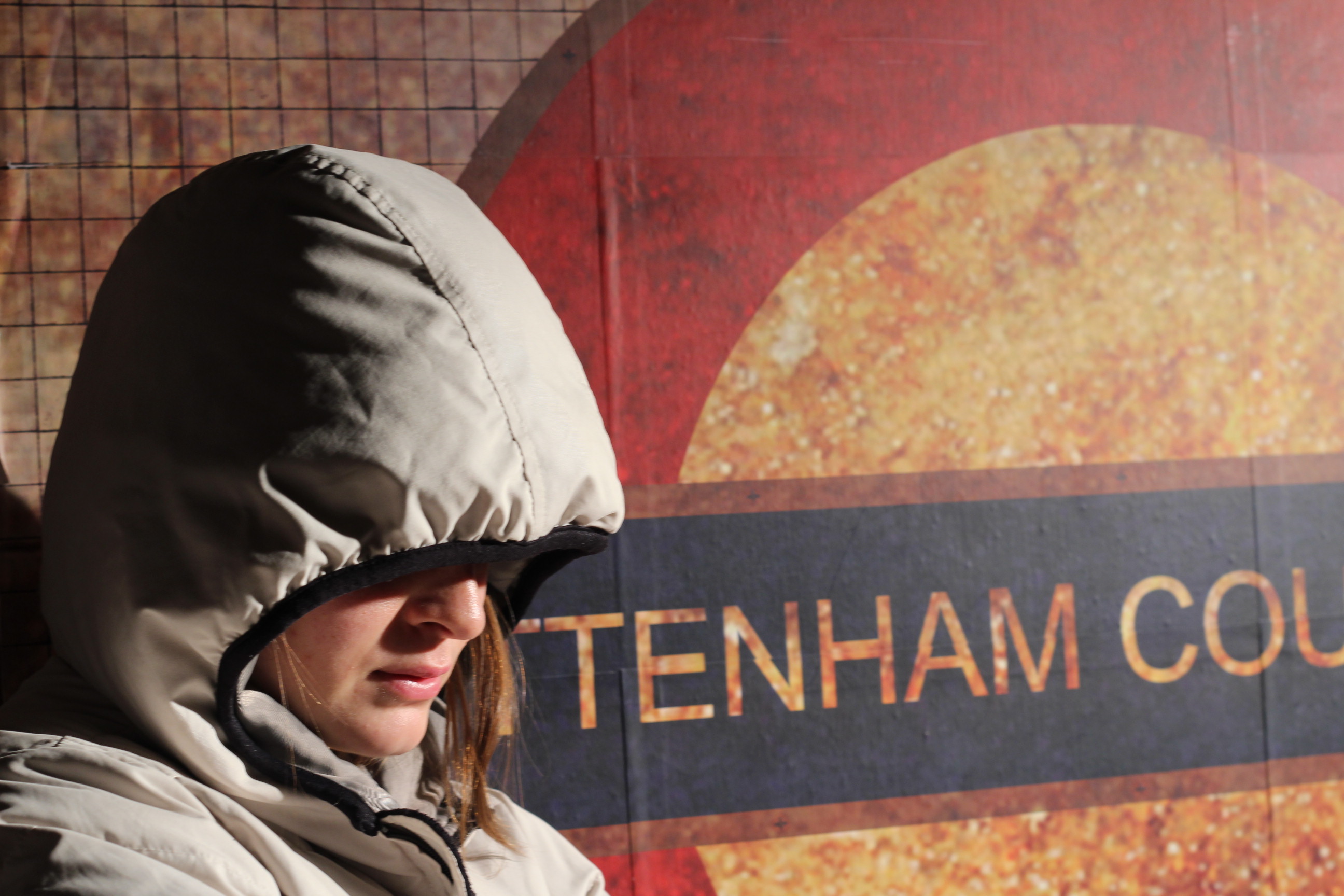




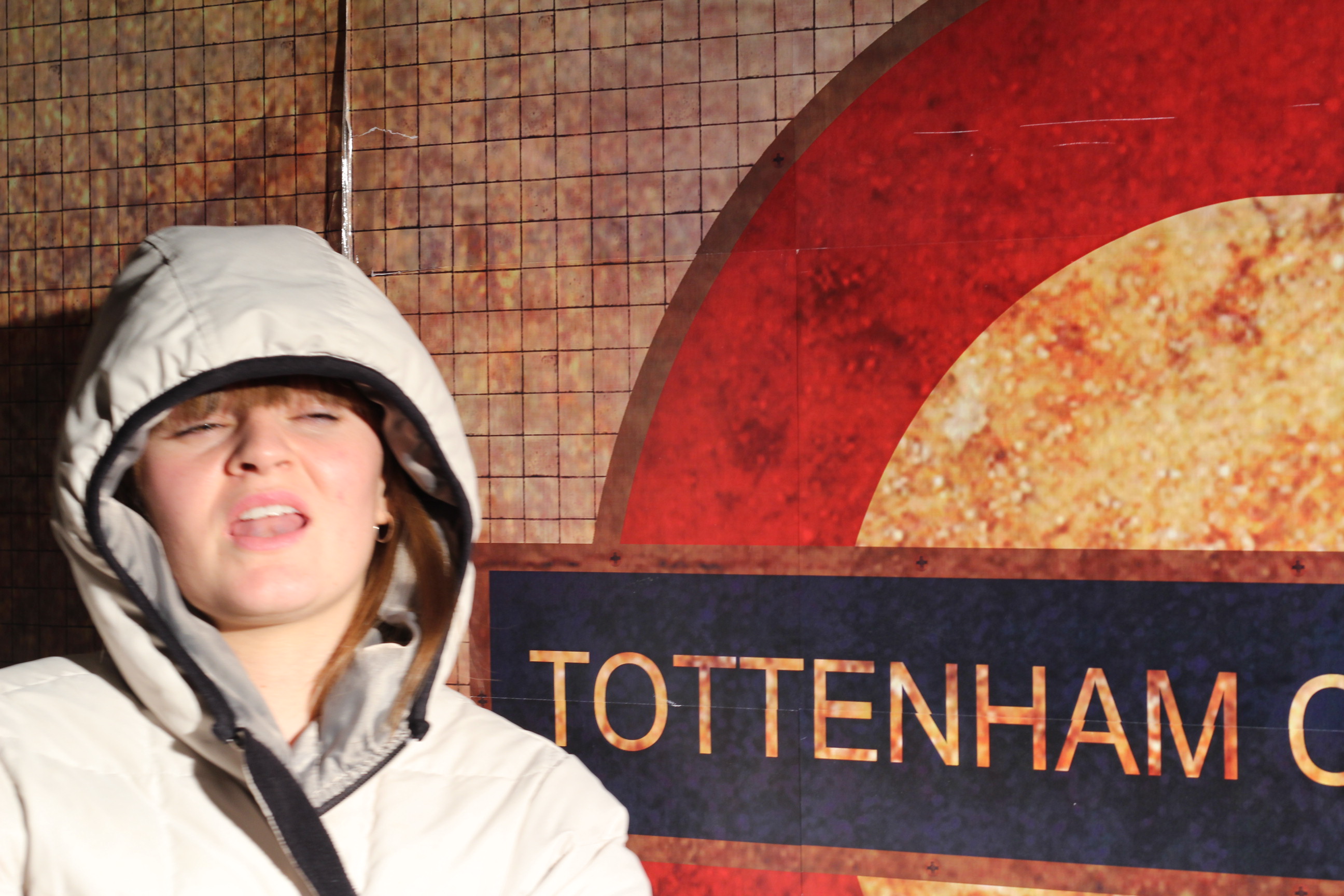
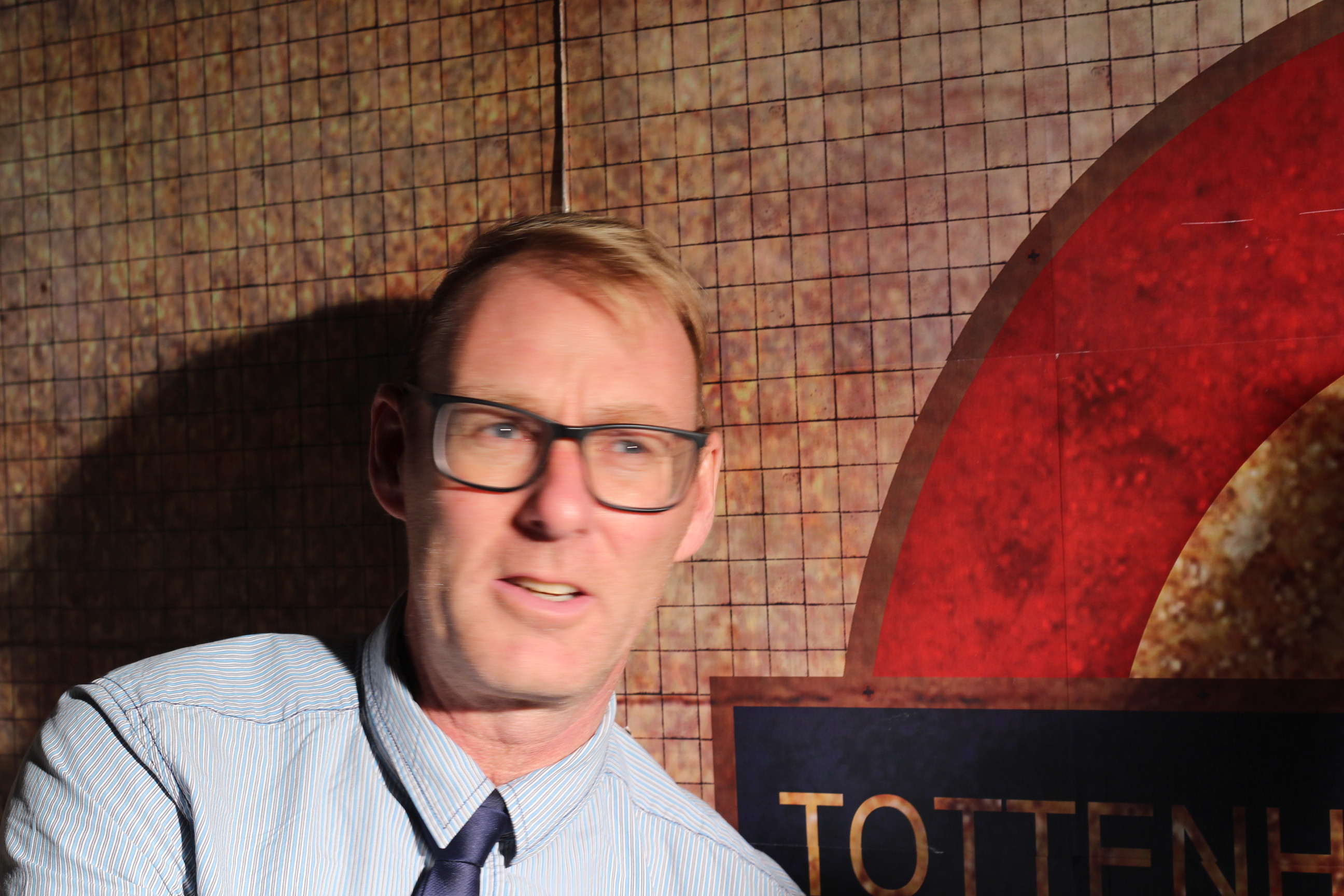


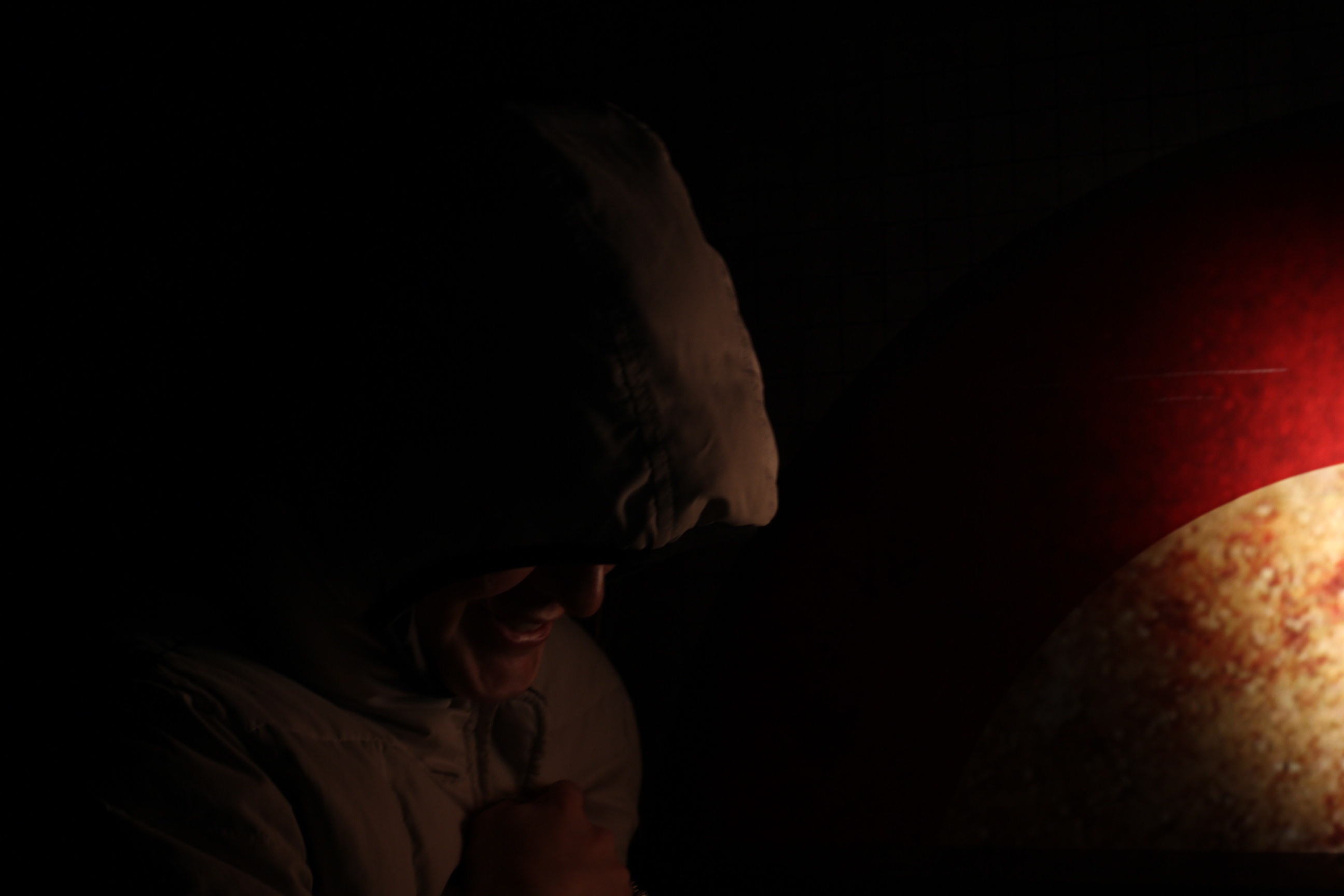

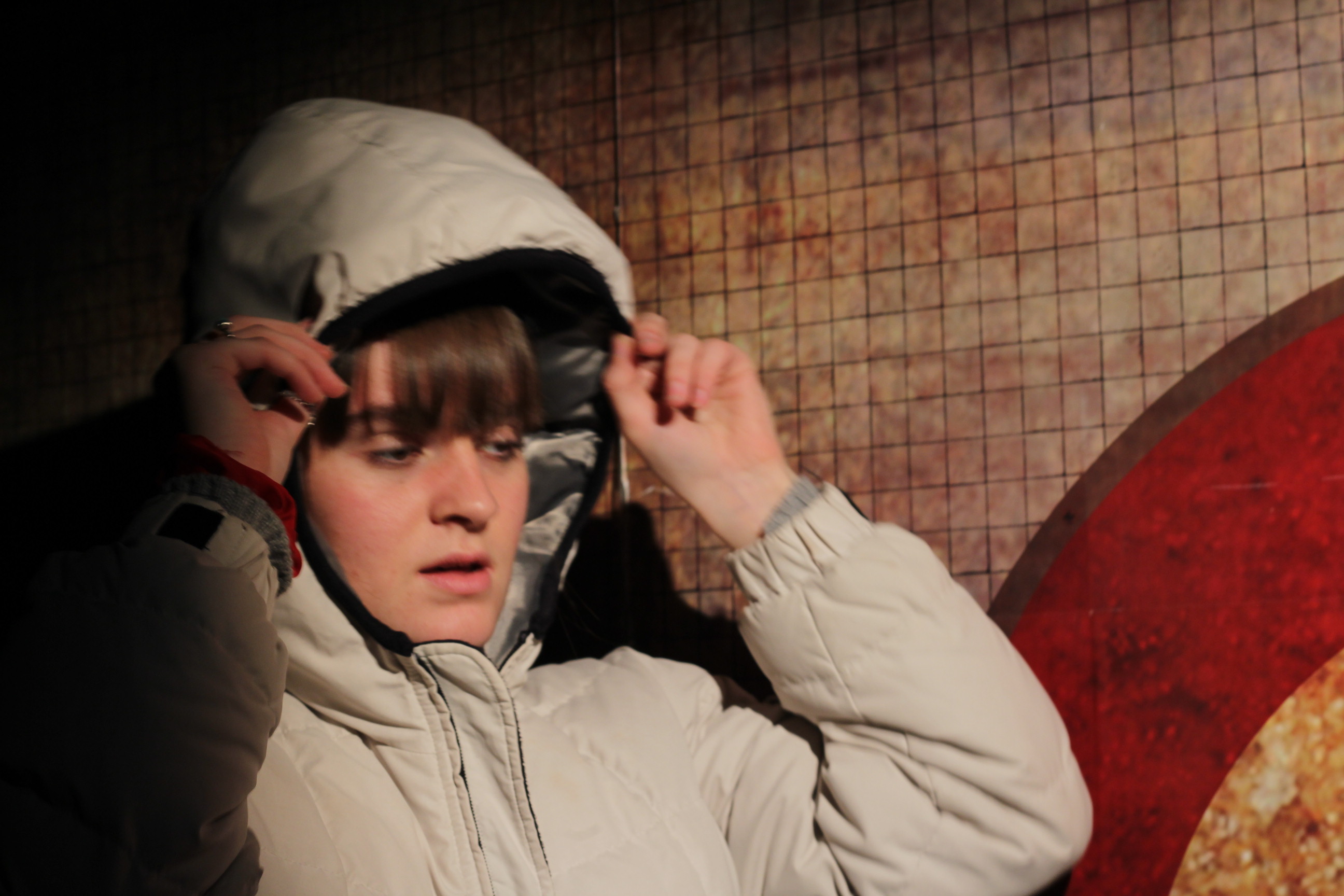

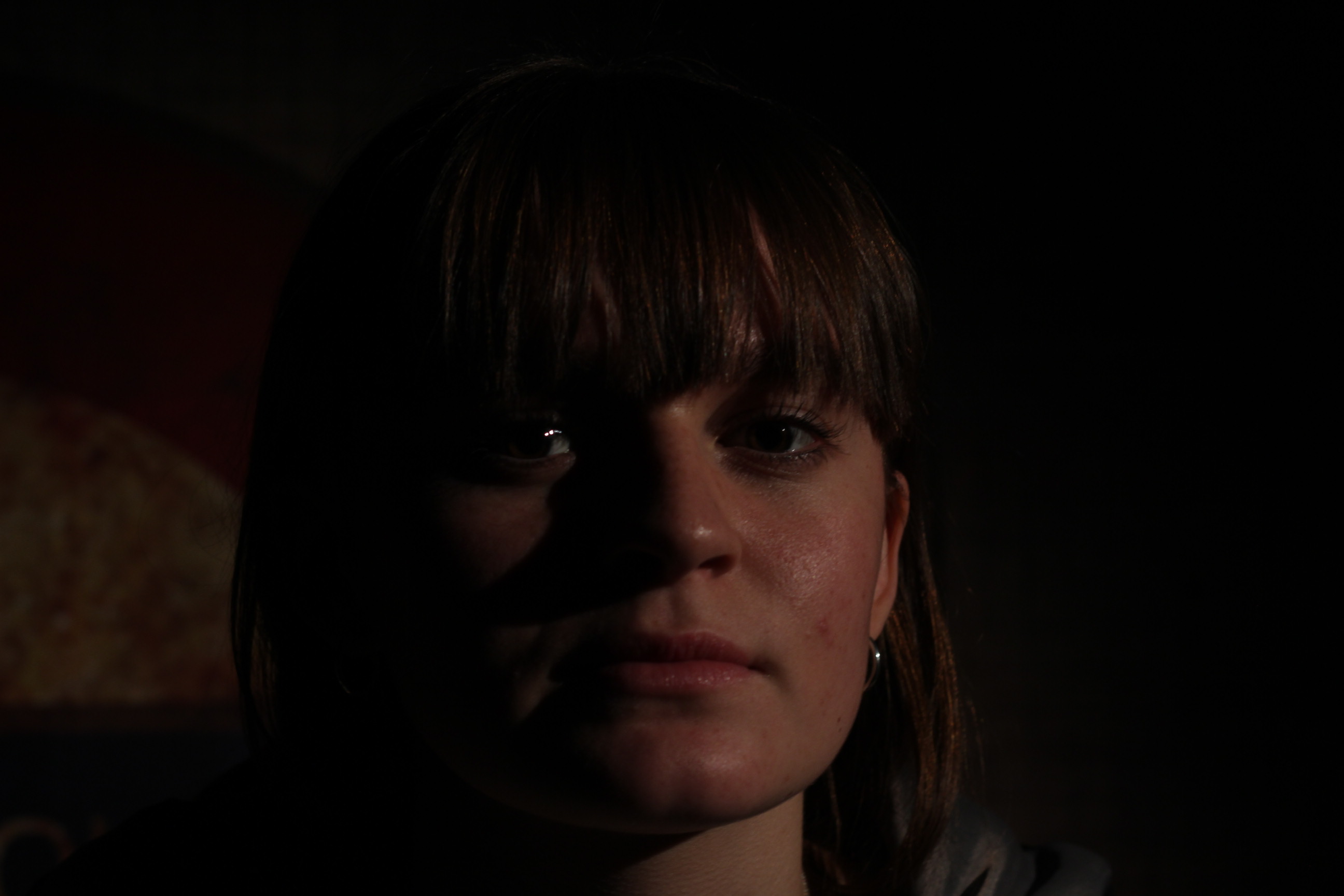


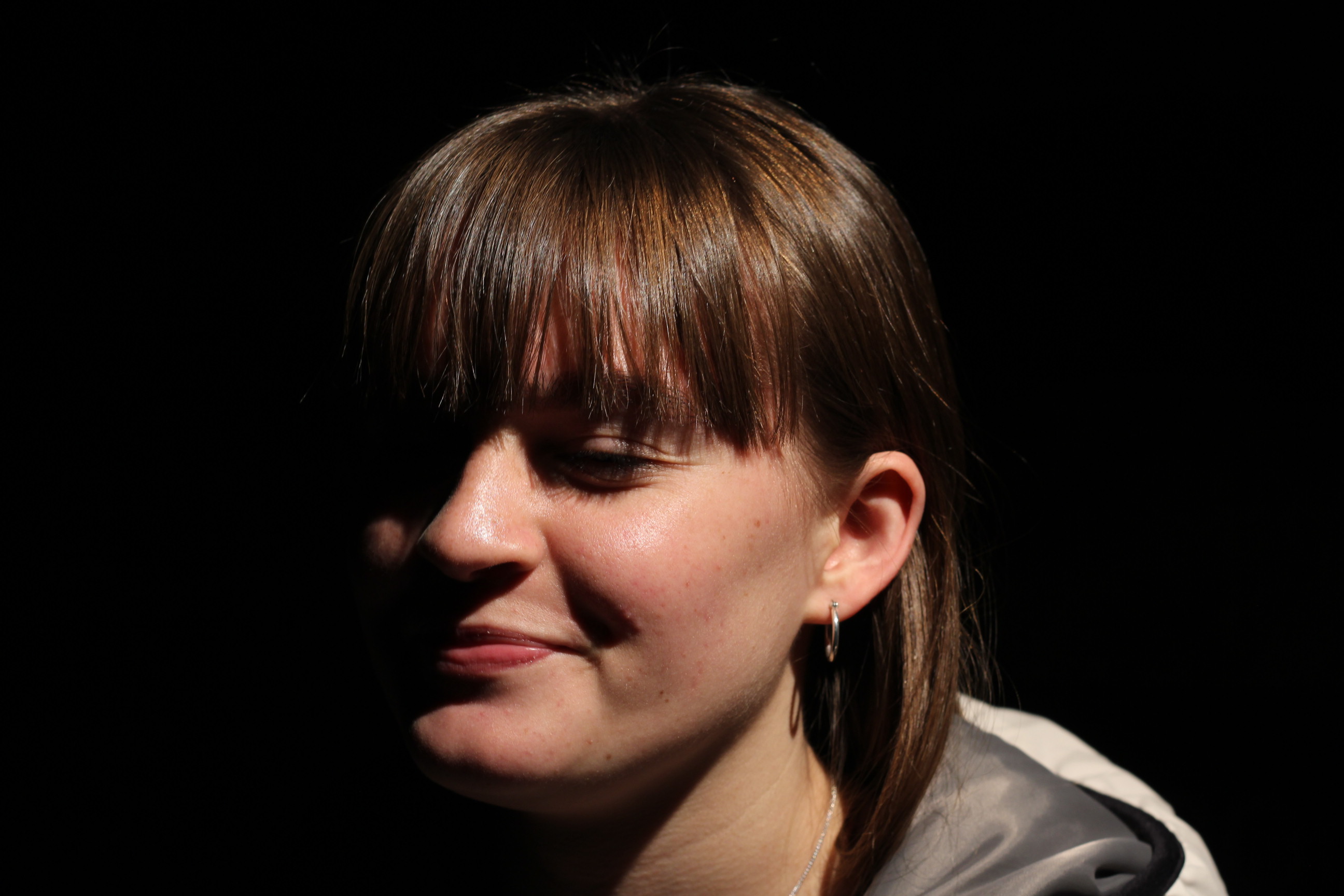




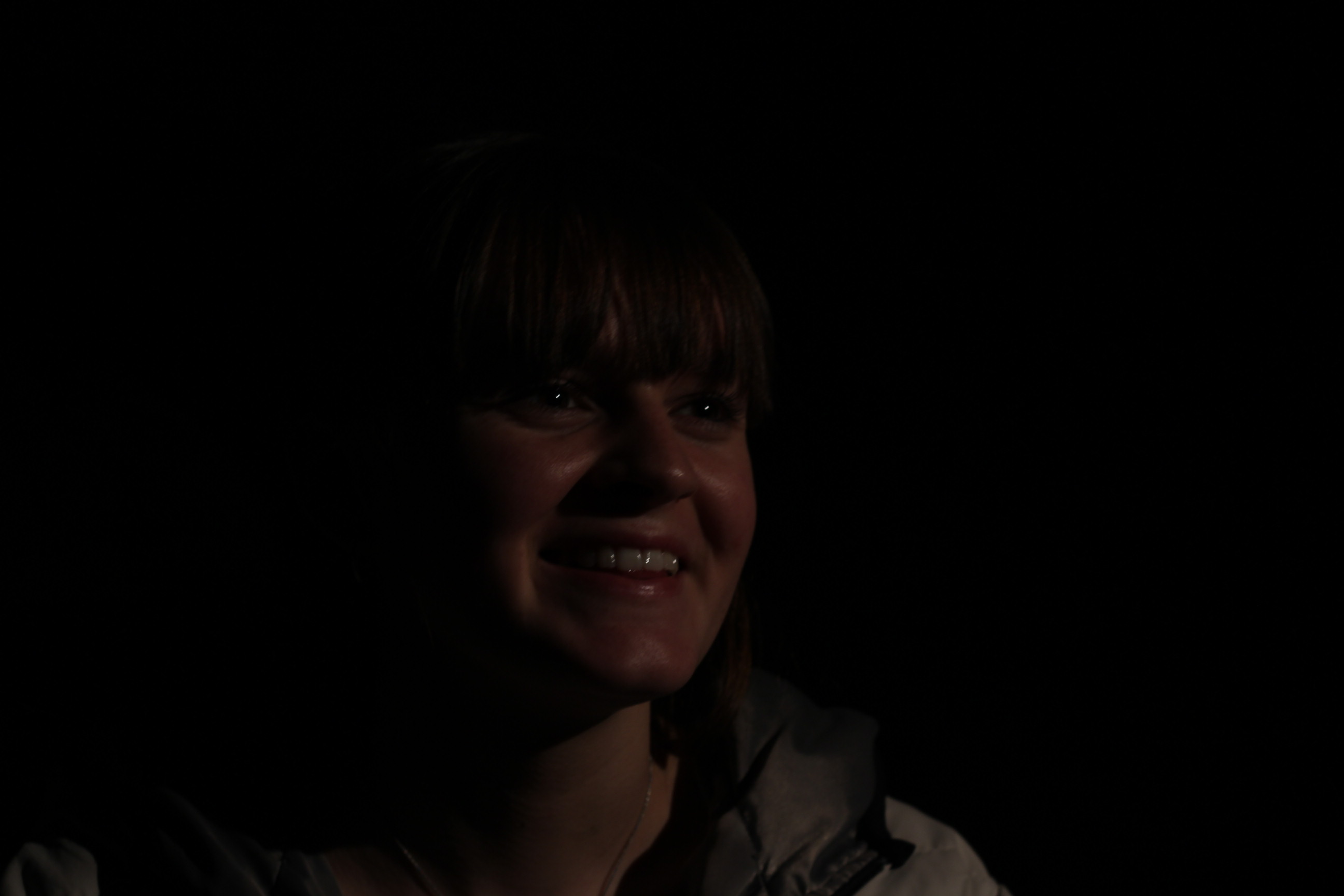
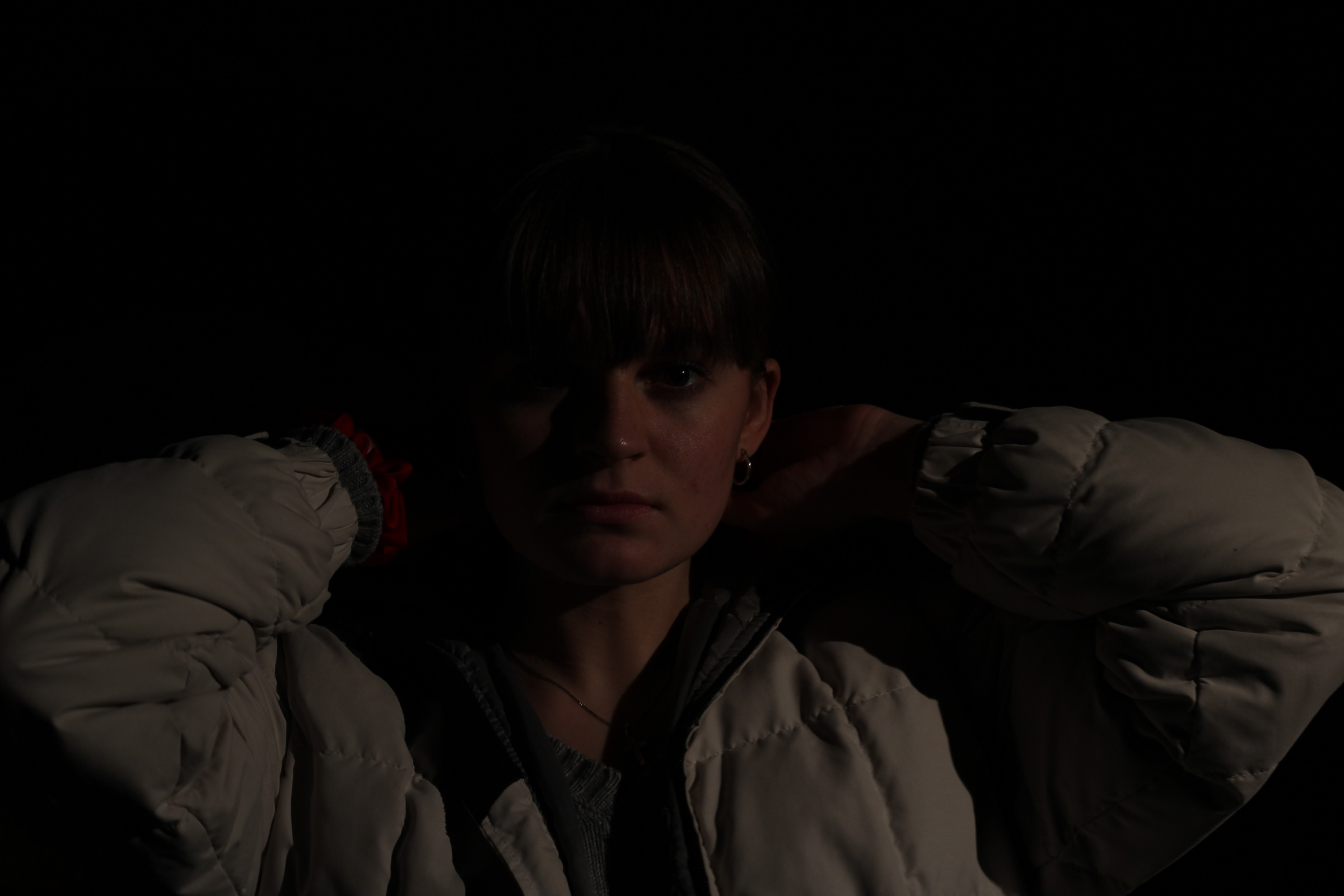
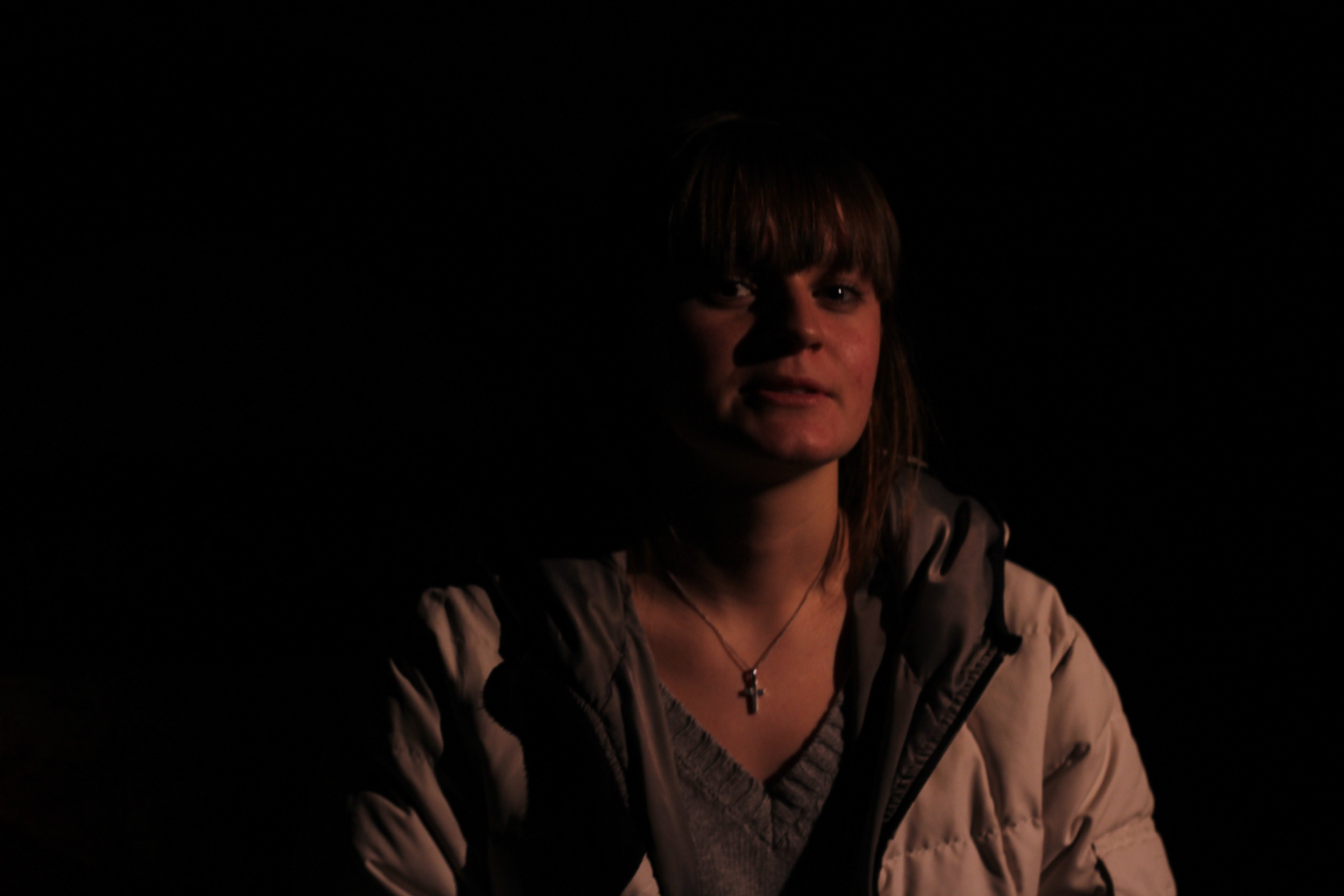


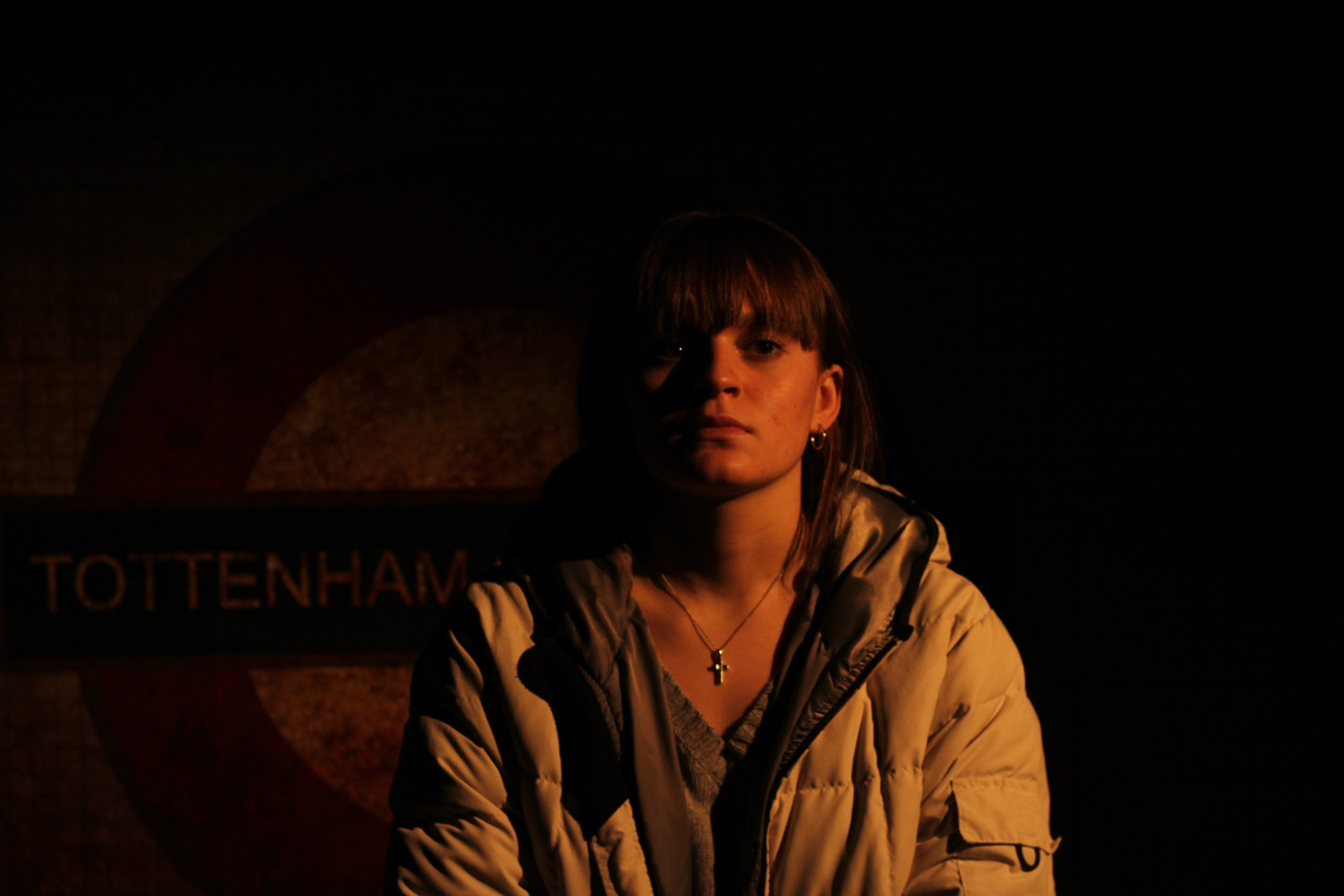
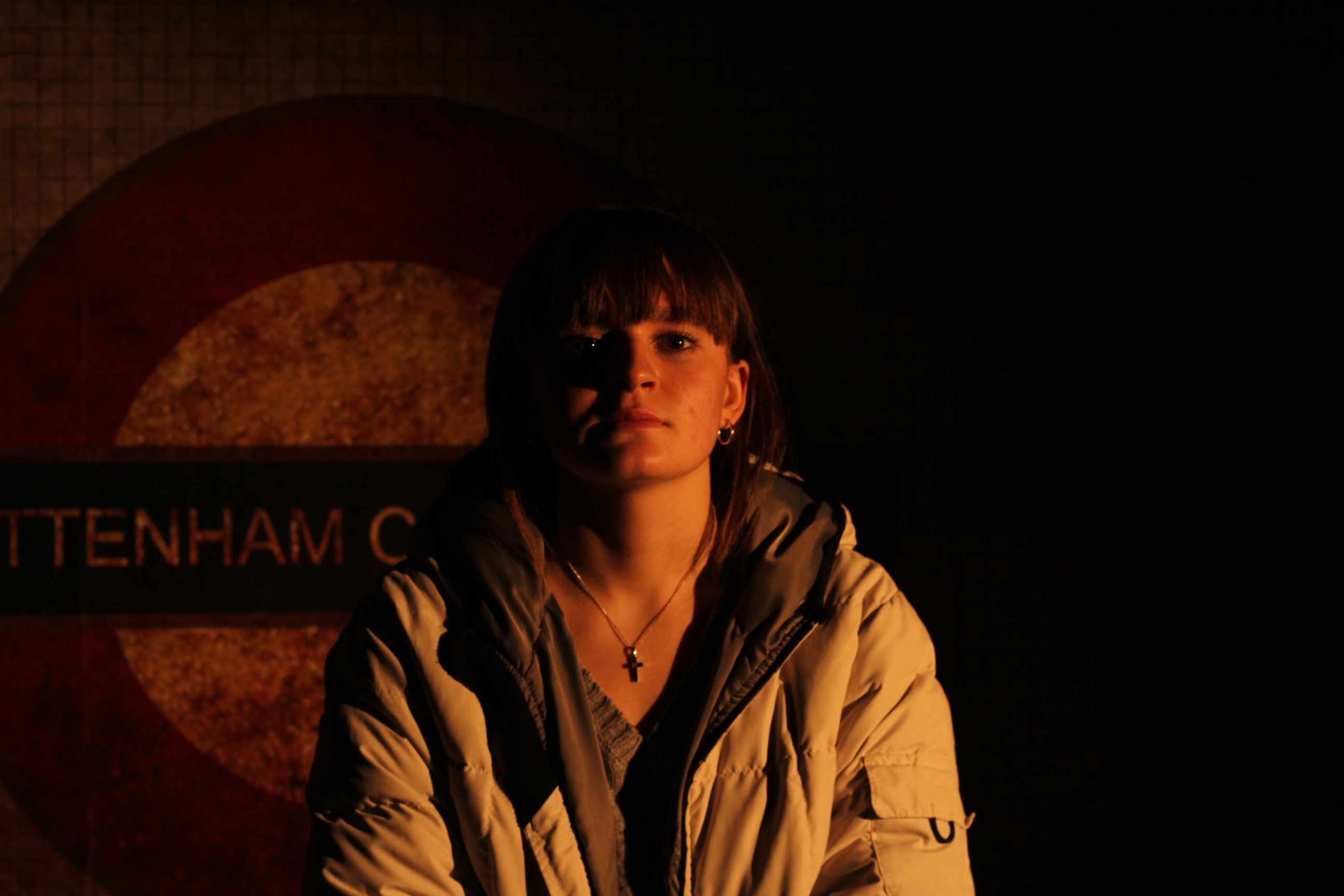



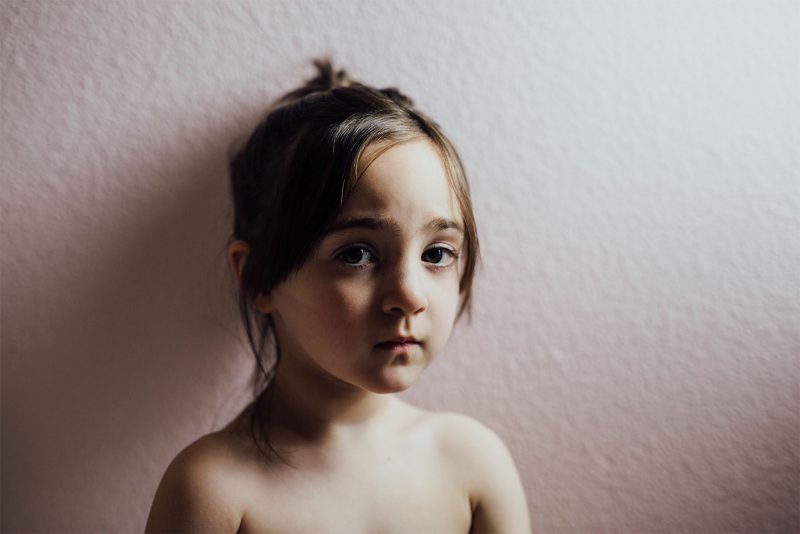
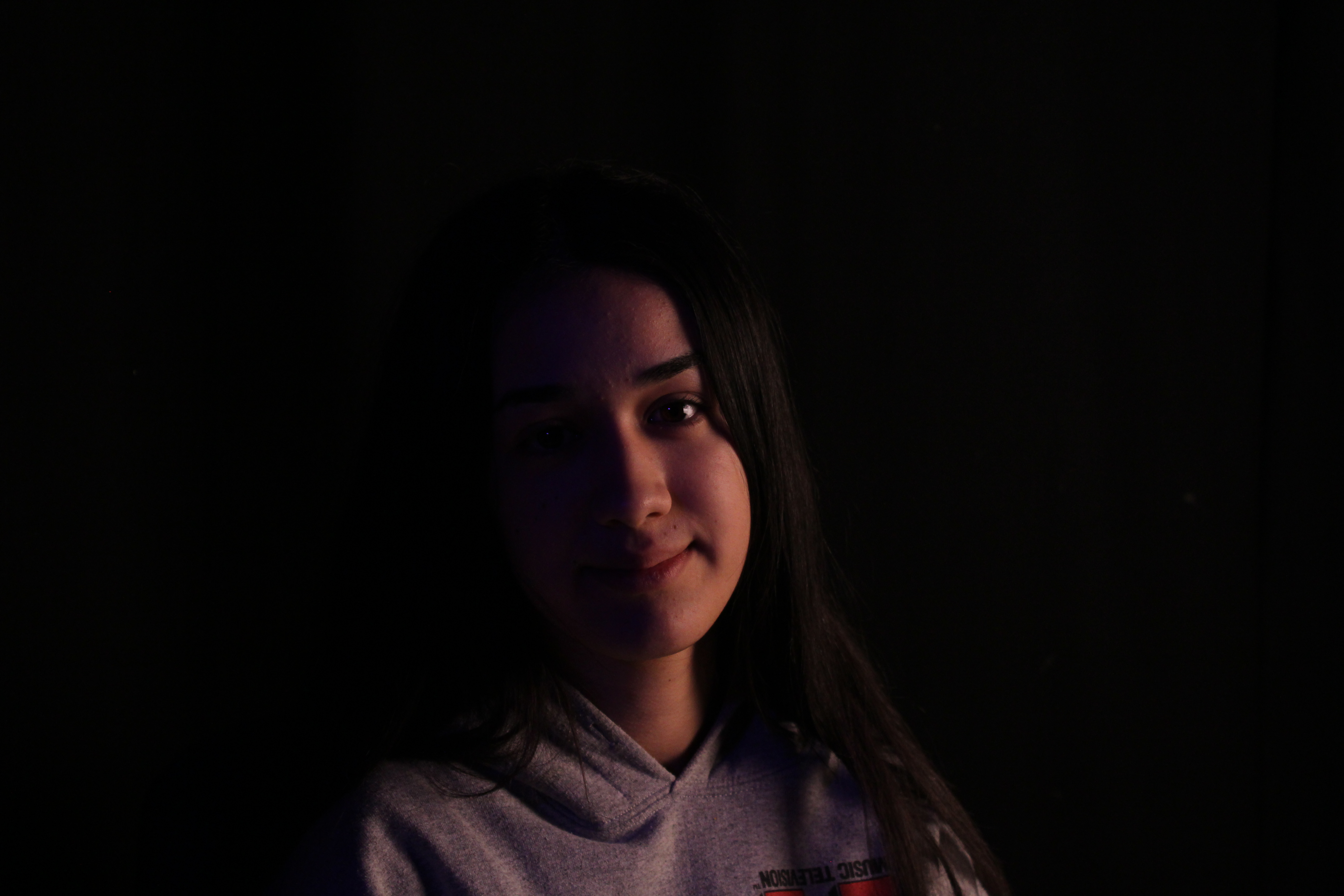


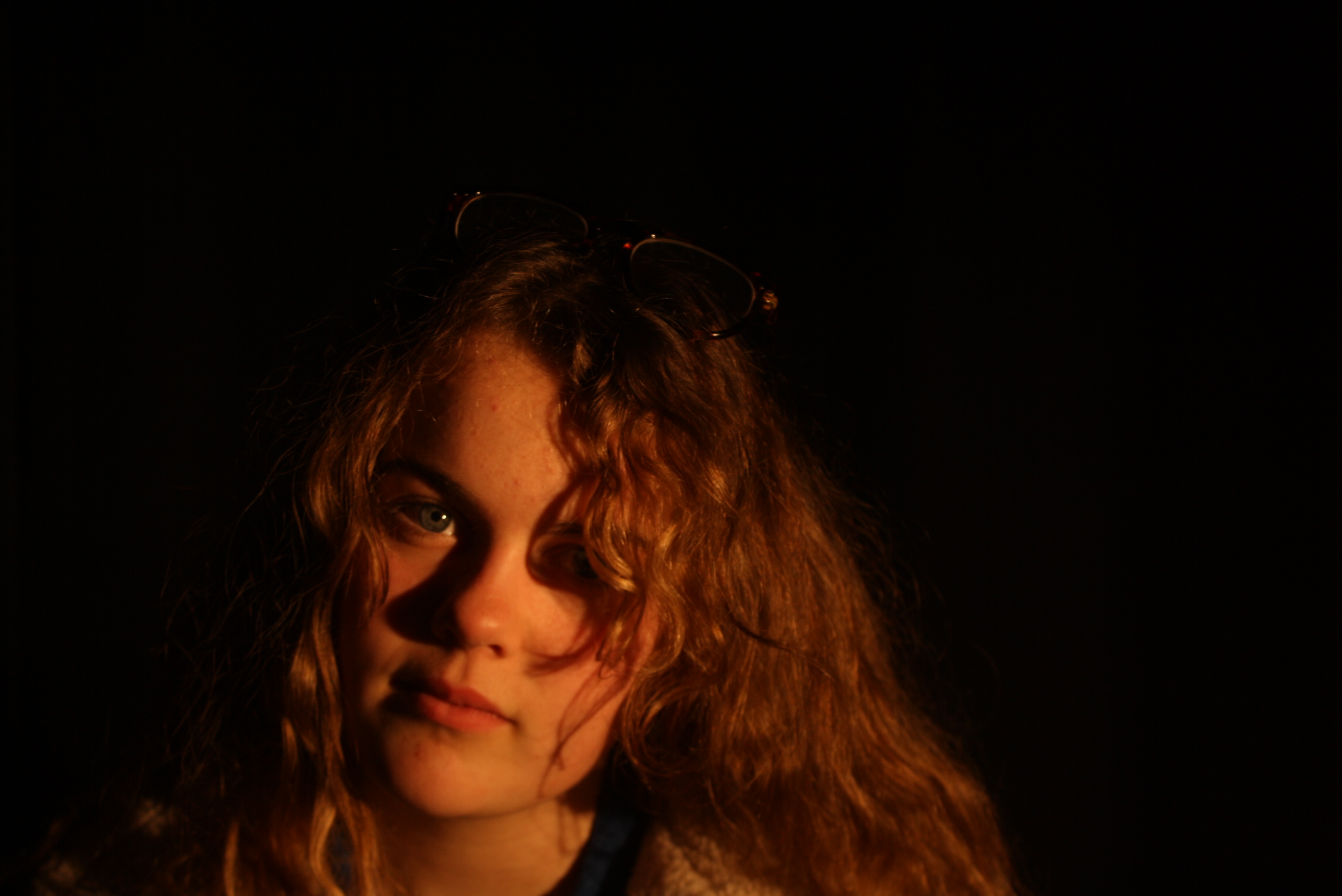

 Eugene Delacroix ‘Leading the People’
Eugene Delacroix ‘Leading the People’ Carravagio ‘Deposition’
Carravagio ‘Deposition’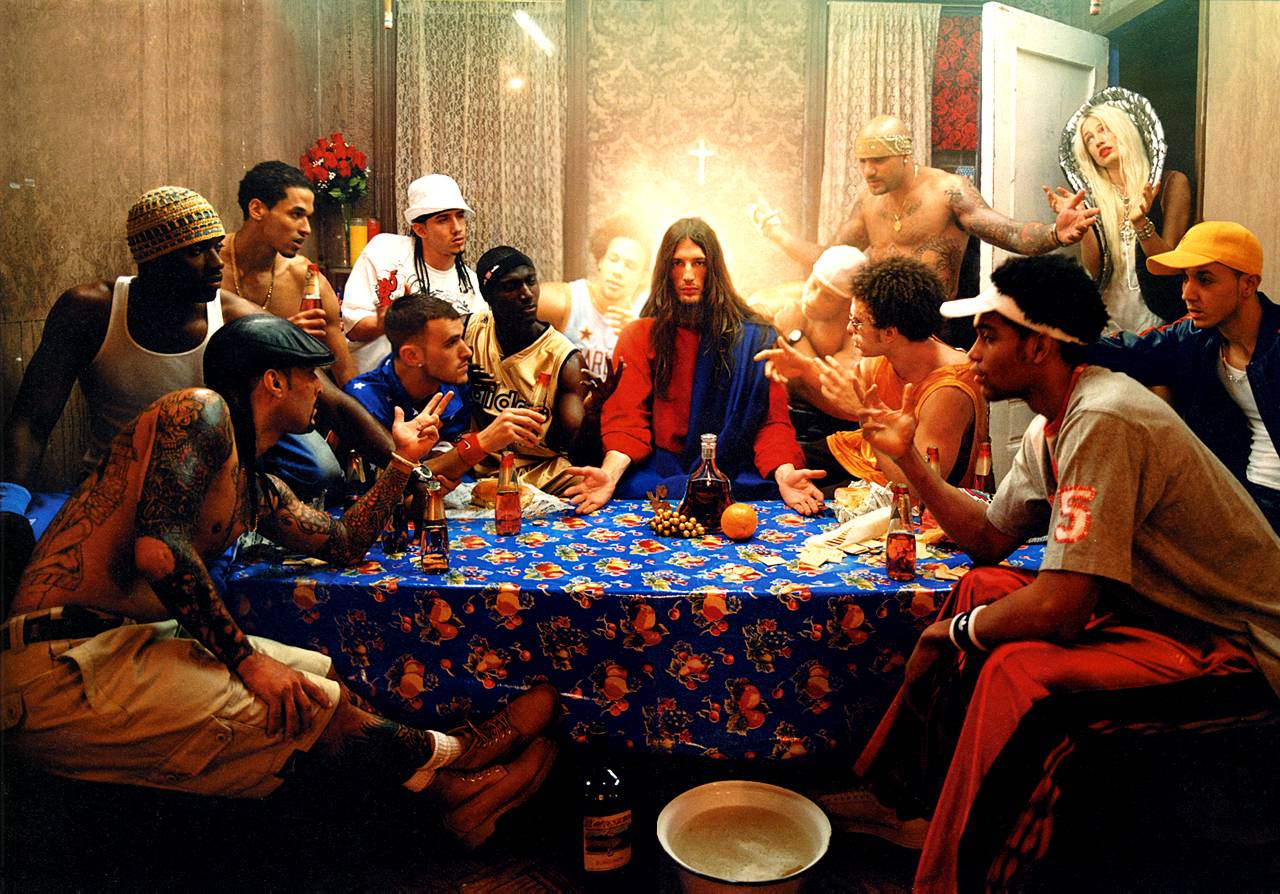 David La Chapelle ‘The Last Supper’
David La Chapelle ‘The Last Supper’